Van Phuc Silk Village, Ha Dong, Hanoi is one of more than 1,000 traditional craft villages in Vietnam, and is also considered the cradle of silk weaving, with a history of more than 1,000 years. In Van Phuc Silk Village, there are nearly 800 households making a living from traditional silk weaving.
According to the genealogy of
Van Phuc Silk Village, which is still preserved at the Han Nom Institute, it is recorded that the village's patron saint is Ba A La De Nuong (the reign title of Nga Hoang De Nhi Vuong Phi), in the middle of the 9th century (around 845), she and her husband, Cao Bien, went on a trip. When passing through Van Bao, she saw that the land here had winding rivers and mountains, with two jade wells on both sides nurturing the green dragon's energy, and the people here were kind and gentle, so she told her husband to stay here. From then on, she taught the people to plow, grow mulberry, raise silkworms, and weave silk. After her death, the villagers honored her as the village's patron saint. By the end of the 19th century, due to the taboo of King Thanh Thai's (1889 - 1906) name Bao Lan, Van Bao village changed its name to Van Phuc.
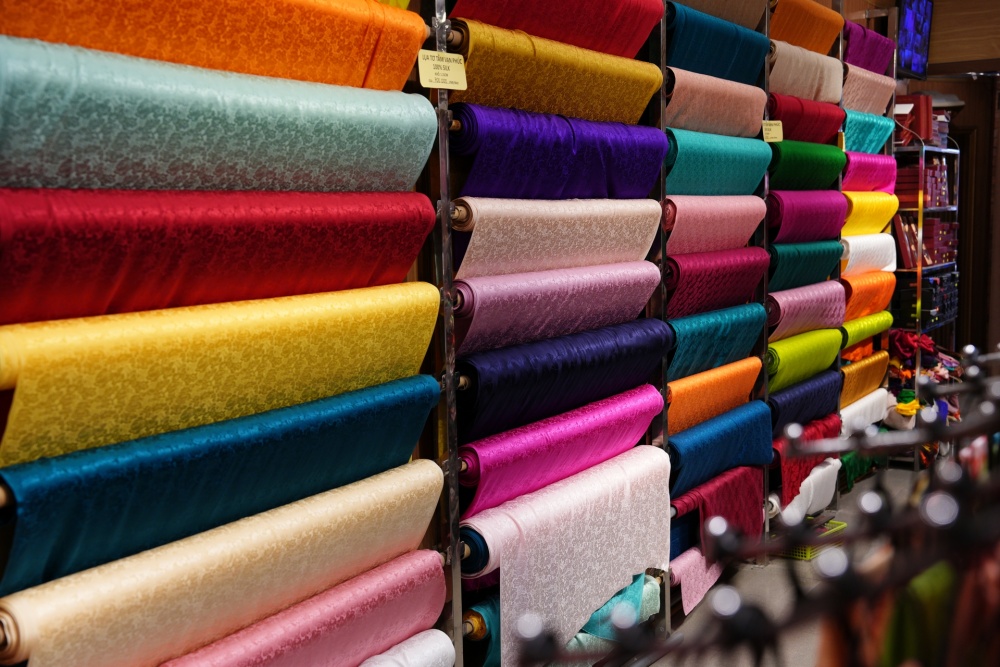
Throughout its history from the 11th to 19th centuries,
Van Phuc silk was considered a high-class product, favored by the royal court and the aristocracy and appeared in many historical records of royal costumes. In 1931,
Van Phuc silk was first introduced to the international market at the Marseille fair. After admiring the silk products on display, the French recognized
Van Phuc silk as a sophisticated silk line, with both graceful and strong lines, worthy of being the most beautiful silk in Indochina. By 1958,
Van Phuc silk was officially exported to Eastern European countries. Up to now,
Van Phuc silk is still extremely popular and used in many countries around the world.
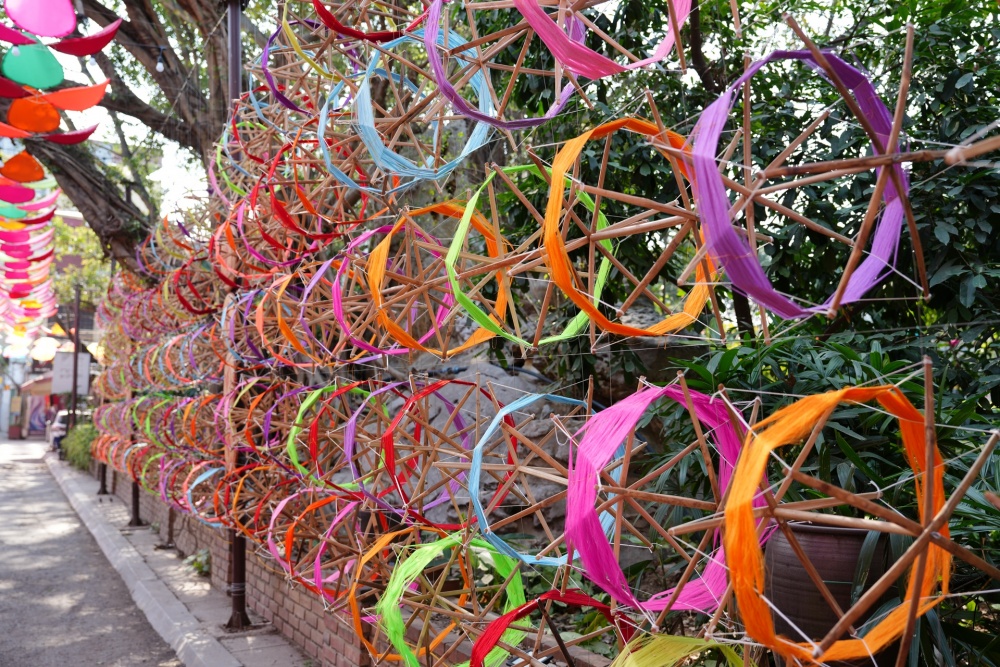
Silk production process of
Van Phuc silk village
Silver silk cultivation
This is the first and extremely important step to start creating perfect
Van Phuc silk. The quality of the silk will depend entirely on the silkworm raising process. The silkworm raising process must be monitored regularly. As the silkworm grows, the breeder must pay more attention to the silkworms spinning silk and creating cocoons. When the silkworms create cocoons, the artisans will select cocoons to prepare for the next step, which is to collect silk.
Collecting silk
After the silkworms spin silk and close the cocoons. At this point, the artisans continue to select old cocoons of good quality to proceed with cocoon spinning, also known as pulling the silk threads from the cocoons out of the silkworms. Previously, this step was done manually by hand, but now it is done by machine.
After the cocoon spinning step is completed, the long silk threads will be straightened by the artisans and then entered the silk reeling step. This is the manual step to avoid tangling the silk when put on the reel.
Preparing to weave silk
After the silk is put into the reel, the ends of the silk threads will be pulled out into small cores to be loomed and connected so that the silk threads can be fed into the weaving machine. At this time, the artisans must be on duty 24/7 to detect errors or add silk threads when needed. The patterns on the fabrics after weaving are all created from computer graphics, depending on the manufacturer or the customer's order. After about 2 to 3 days of weaving, the silk tube will be about 45 - 50m long and will be dismantled and dyed.
Dyeing the fabric
Before dyeing,
Van Phuc silk must be boiled to remove impurities. To make the silk more beautiful, the dyeing process is extremely important, especially the stage of mixing the dye in the right proportion. The dyed silk will be washed. Then the artisans will dry the silk. In the past, if the weather conditions were favorable and there was plenty of space, the dyed silk would be dried in the sun. The dried silk would have the same color as when dyed, and the silk trees would then be displayed or handed over to silk dealers to sell to customers.
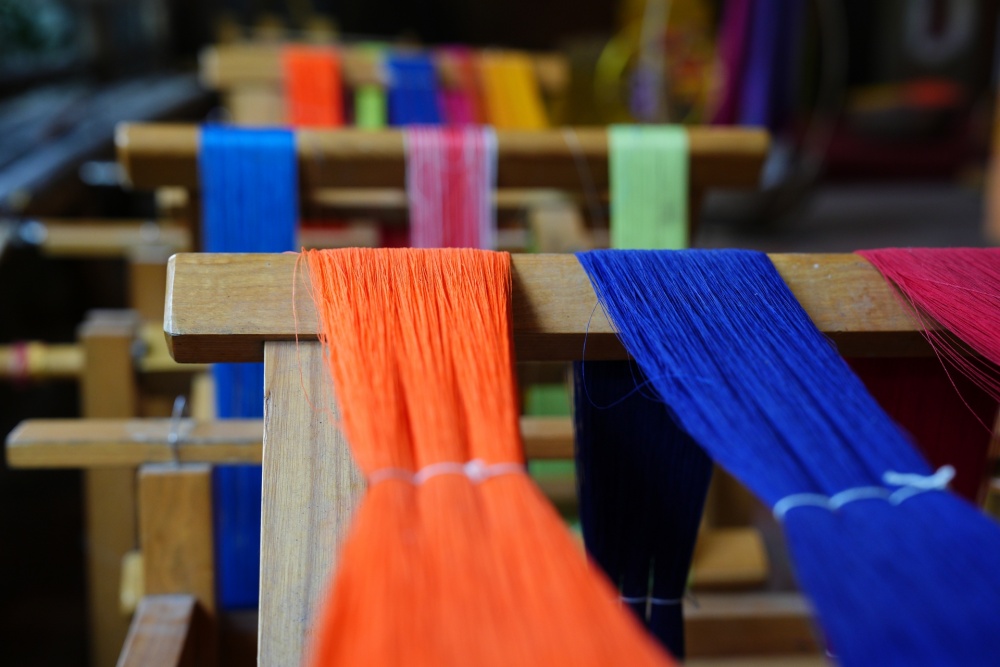
Located on the banks of the Nhue River,
Van Phuc silk village today still retains some of the ancient features of the countryside such as the image of the ancient banyan tree, the well, the communal house yard, and the afternoon market under the banyan tree in front of the communal house. Visitors to Van Phuc village not only witness the meticulous silk weaving process but also have the opportunity to enjoy traditional local dishes such as banh te, banh duc nong, che kho, etc.
 Throughout its history from the 11th to 19th centuries, Van Phuc silk was considered a high-class product, favored by the royal court and the aristocracy and appeared in many historical records of royal costumes. In 1931, Van Phuc silk was first introduced to the international market at the Marseille fair. After admiring the silk products on display, the French recognized Van Phuc silk as a sophisticated silk line, with both graceful and strong lines, worthy of being the most beautiful silk in Indochina. By 1958, Van Phuc silk was officially exported to Eastern European countries. Up to now, Van Phuc silk is still extremely popular and used in many countries around the world.
Throughout its history from the 11th to 19th centuries, Van Phuc silk was considered a high-class product, favored by the royal court and the aristocracy and appeared in many historical records of royal costumes. In 1931, Van Phuc silk was first introduced to the international market at the Marseille fair. After admiring the silk products on display, the French recognized Van Phuc silk as a sophisticated silk line, with both graceful and strong lines, worthy of being the most beautiful silk in Indochina. By 1958, Van Phuc silk was officially exported to Eastern European countries. Up to now, Van Phuc silk is still extremely popular and used in many countries around the world. Silk production process of Van Phuc silk village
Silk production process of Van Phuc silk village Located on the banks of the Nhue River, Van Phuc silk village today still retains some of the ancient features of the countryside such as the image of the ancient banyan tree, the well, the communal house yard, and the afternoon market under the banyan tree in front of the communal house. Visitors to Van Phuc village not only witness the meticulous silk weaving process but also have the opportunity to enjoy traditional local dishes such as banh te, banh duc nong, che kho, etc.
Located on the banks of the Nhue River, Van Phuc silk village today still retains some of the ancient features of the countryside such as the image of the ancient banyan tree, the well, the communal house yard, and the afternoon market under the banyan tree in front of the communal house. Visitors to Van Phuc village not only witness the meticulous silk weaving process but also have the opportunity to enjoy traditional local dishes such as banh te, banh duc nong, che kho, etc.



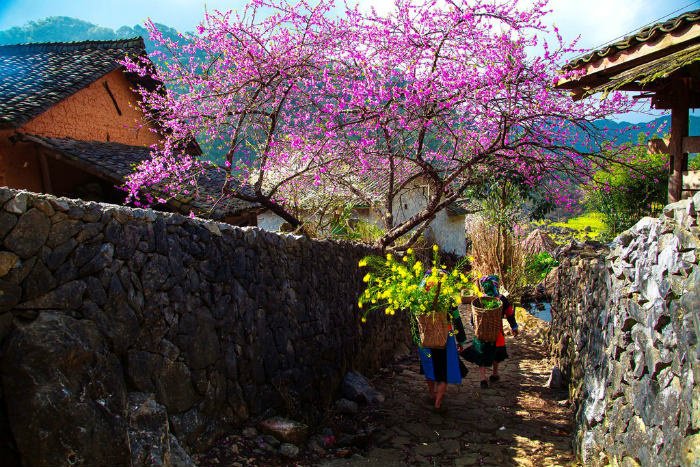
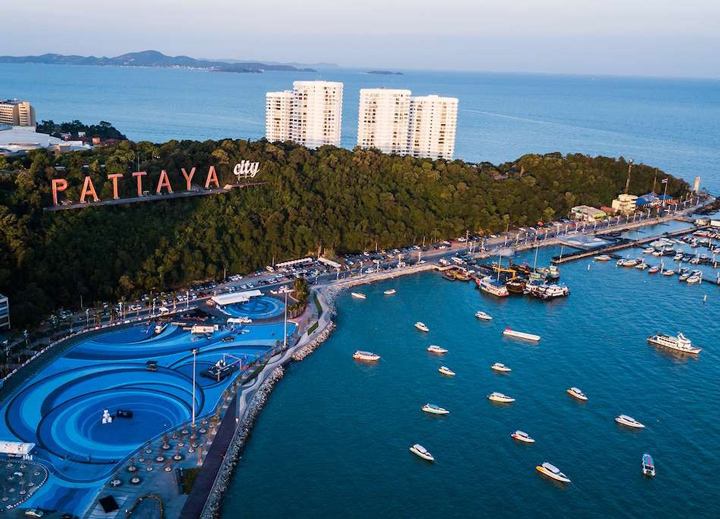

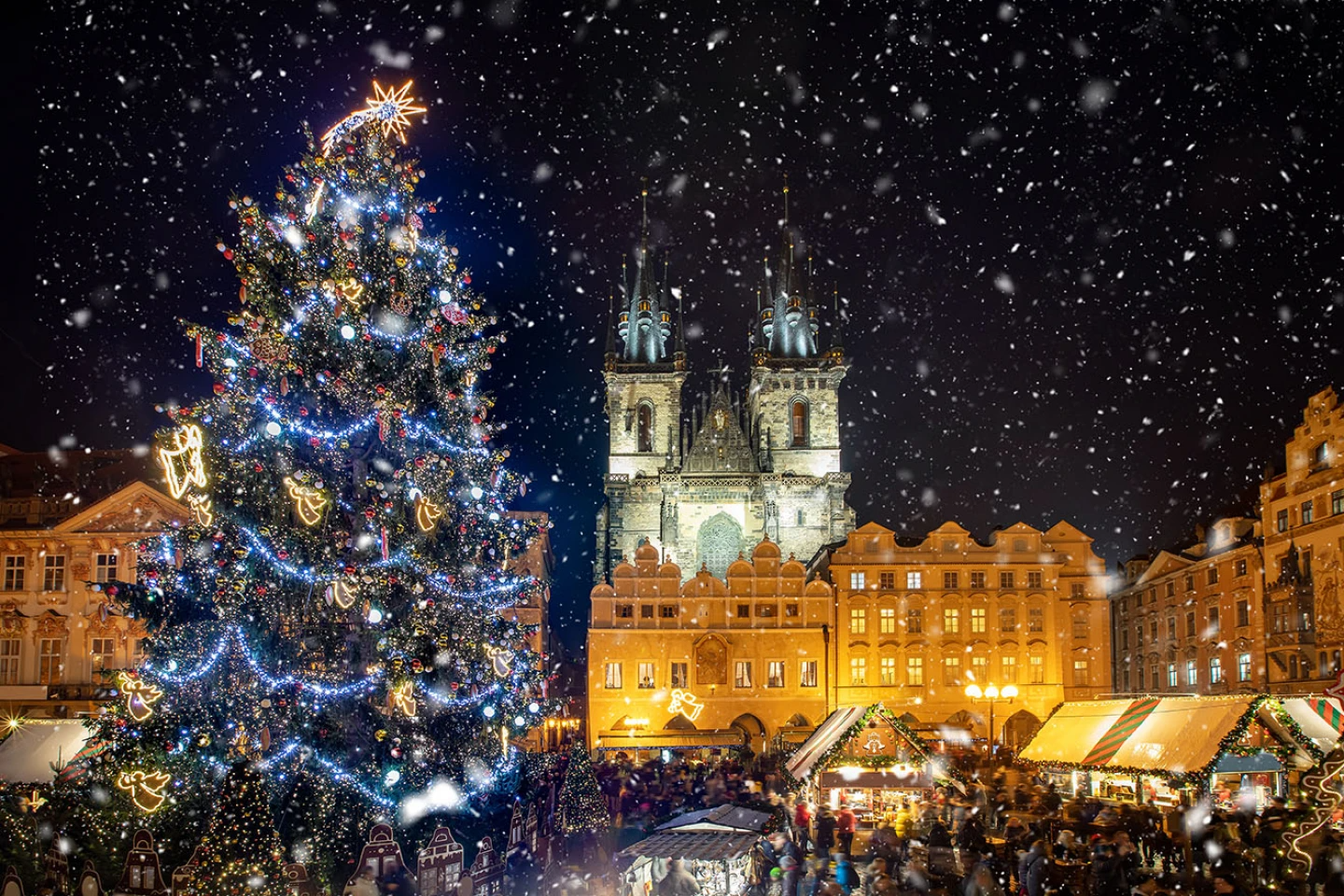
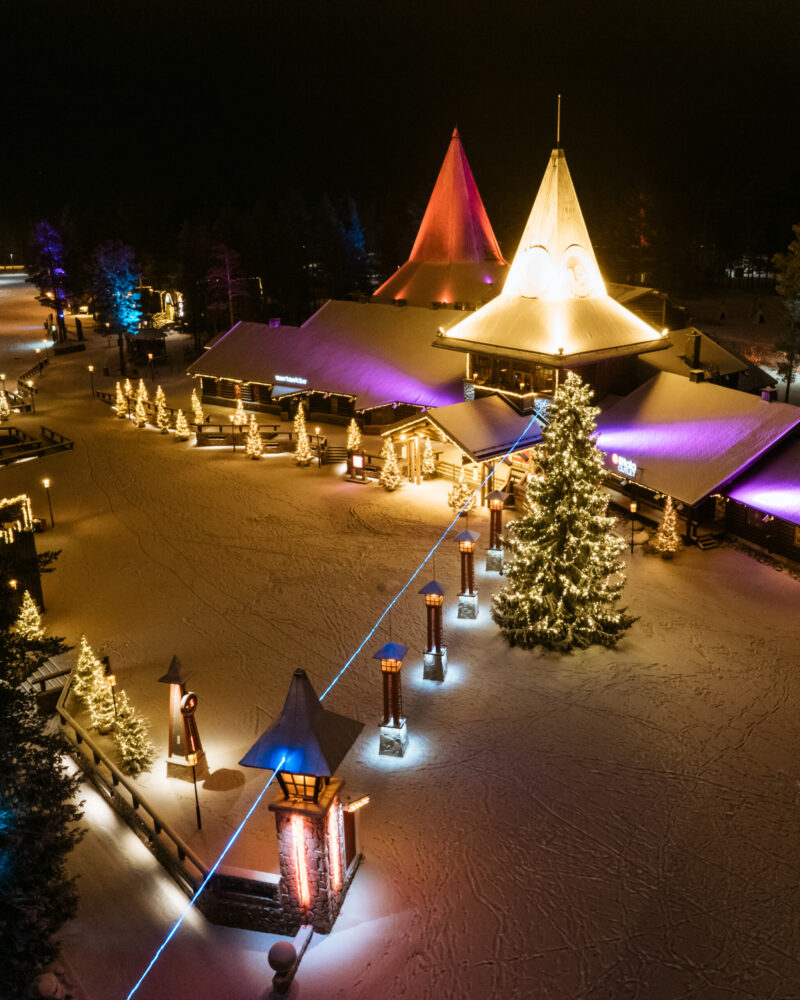
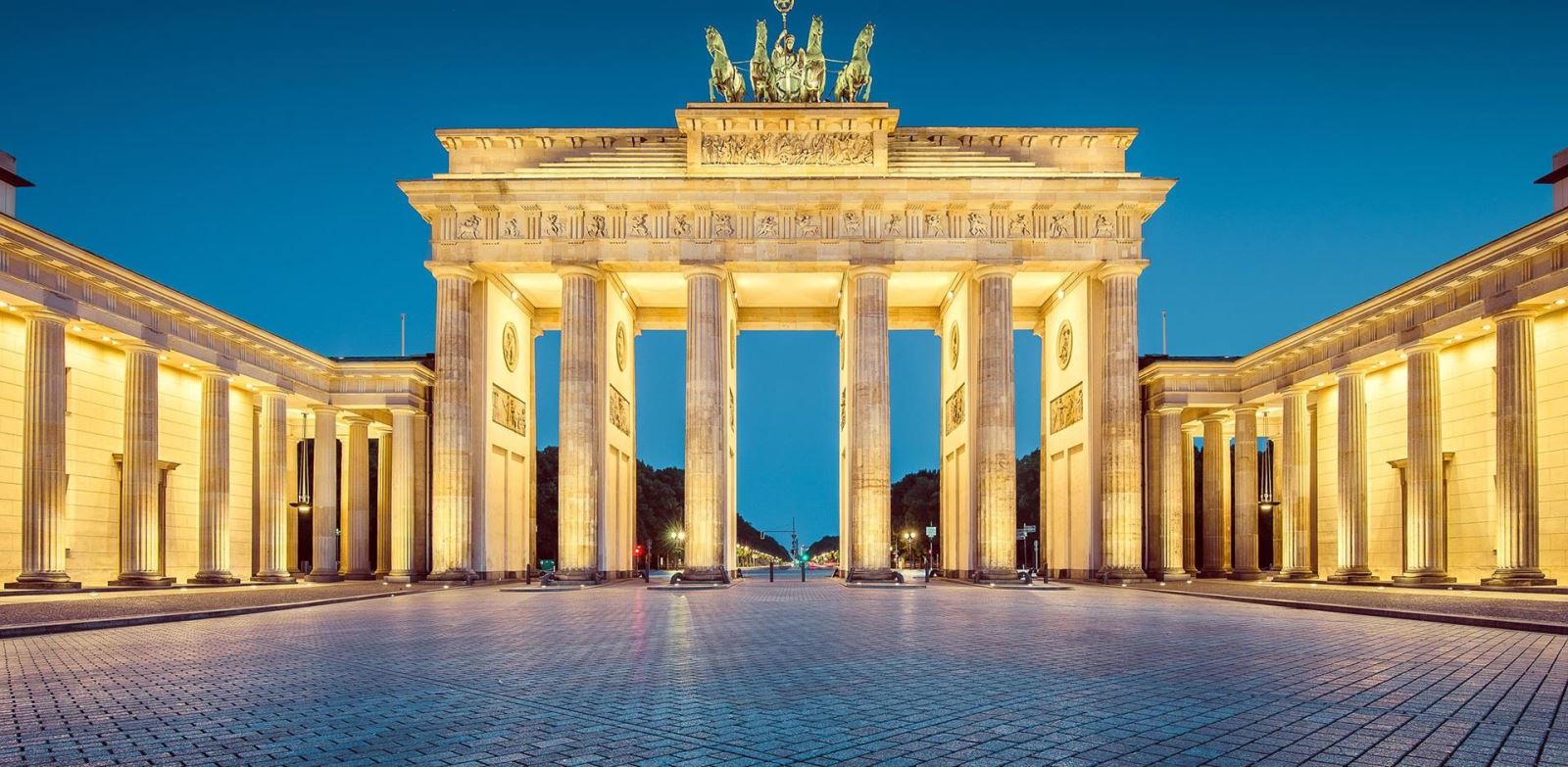


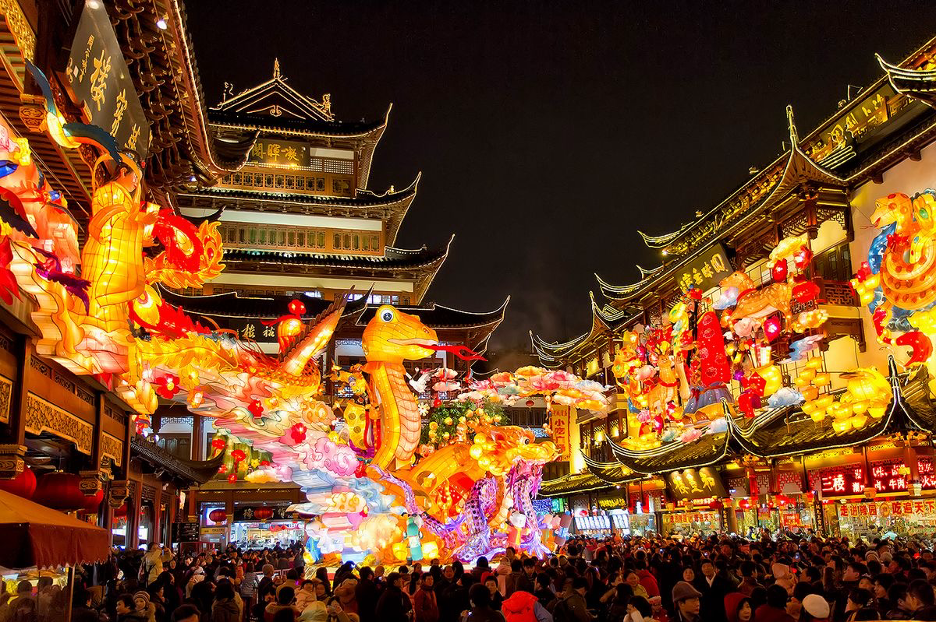

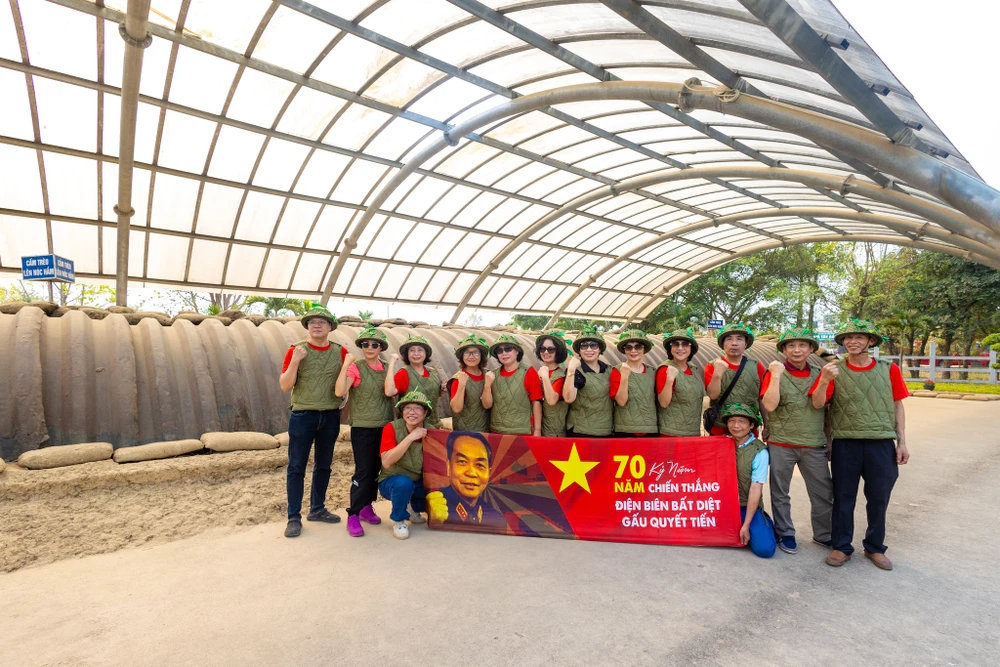
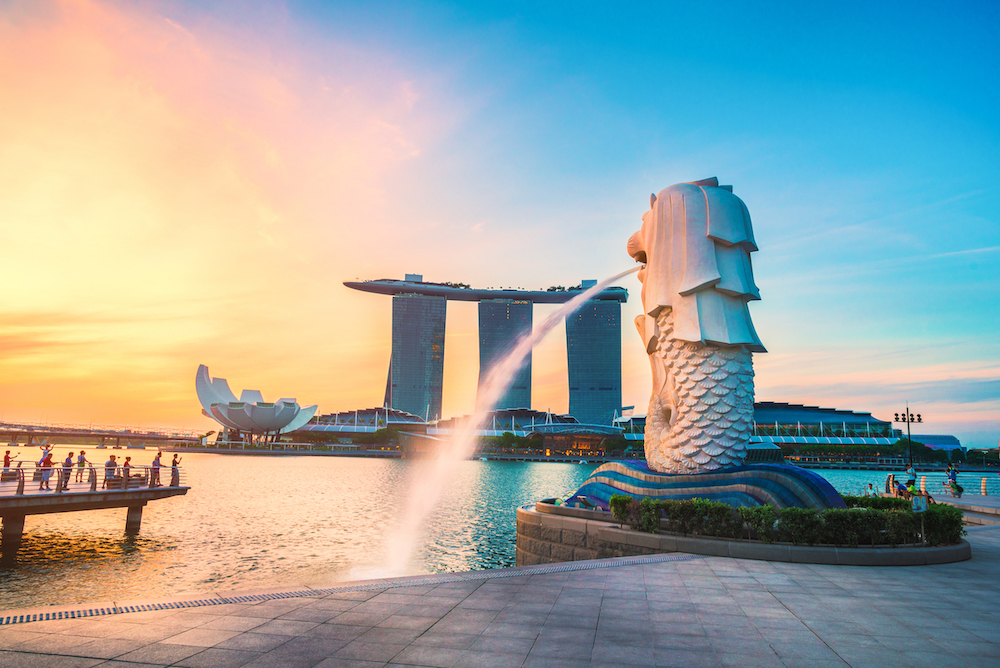


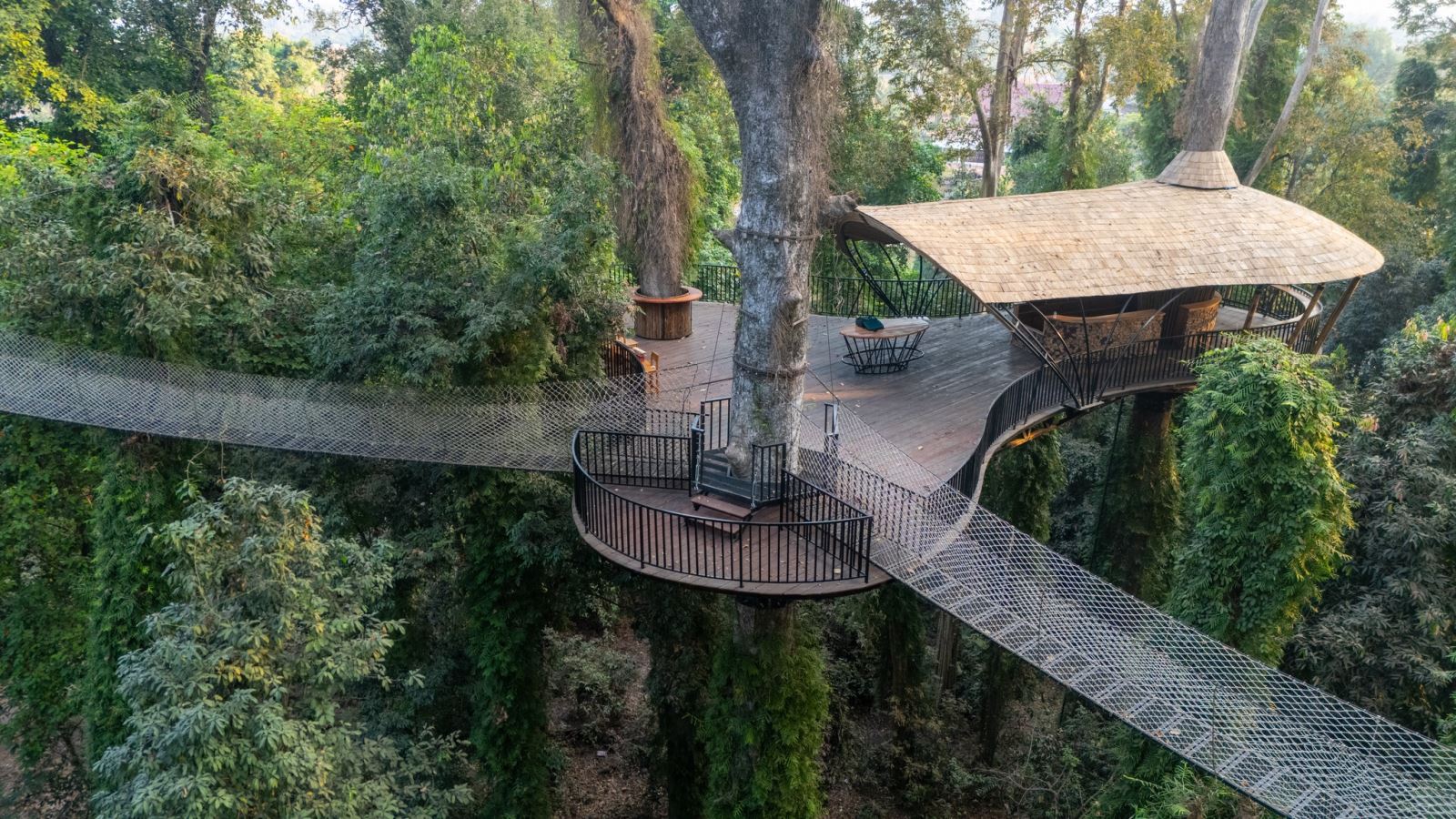
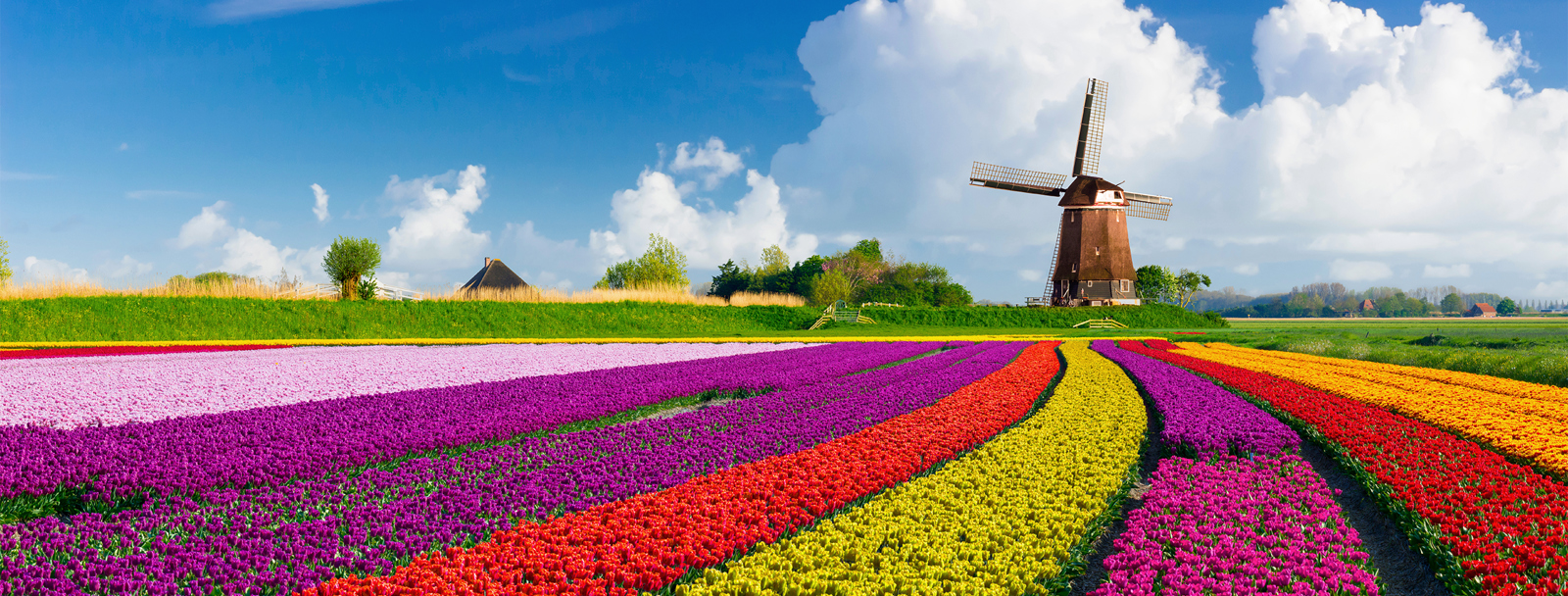
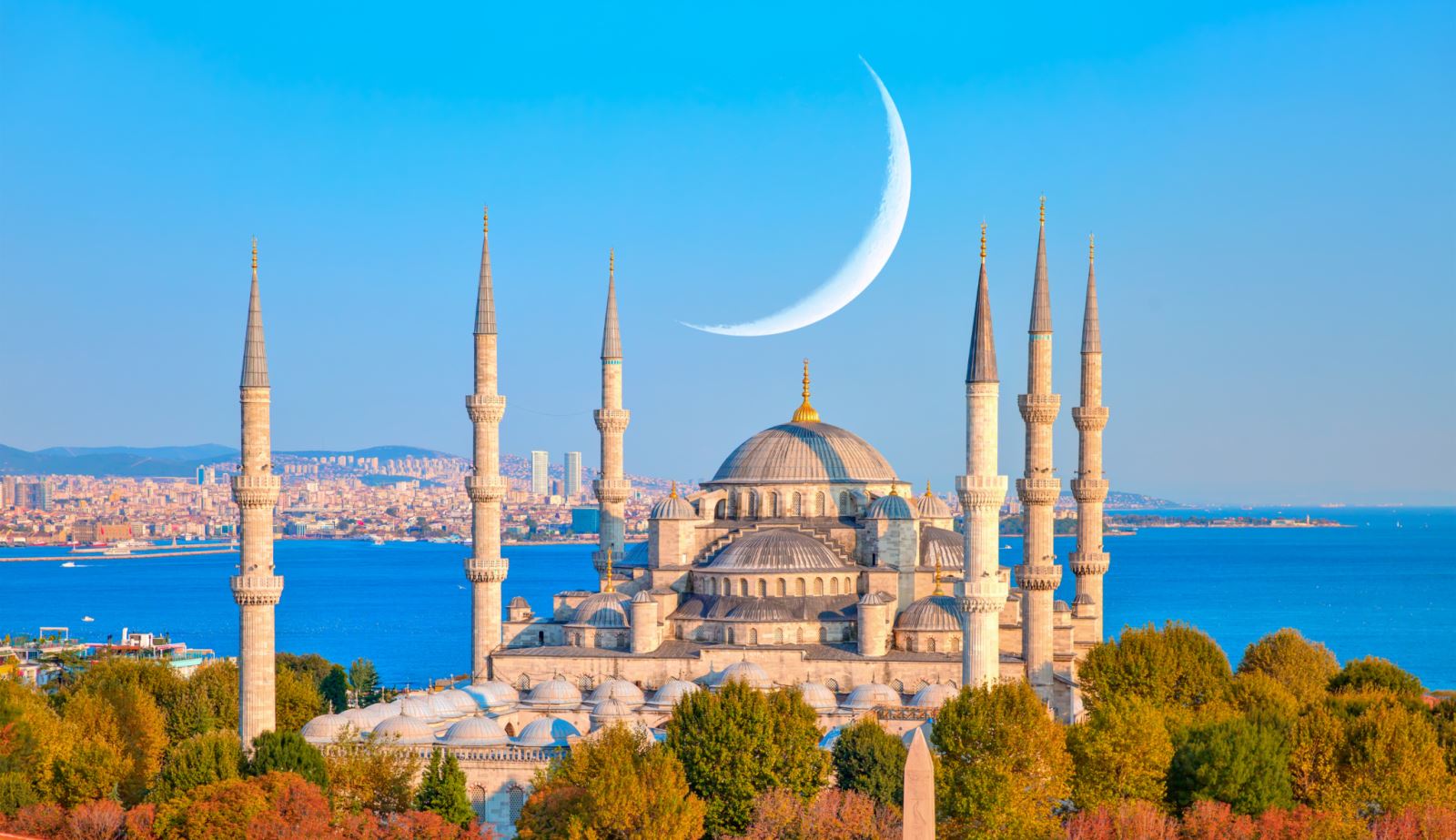



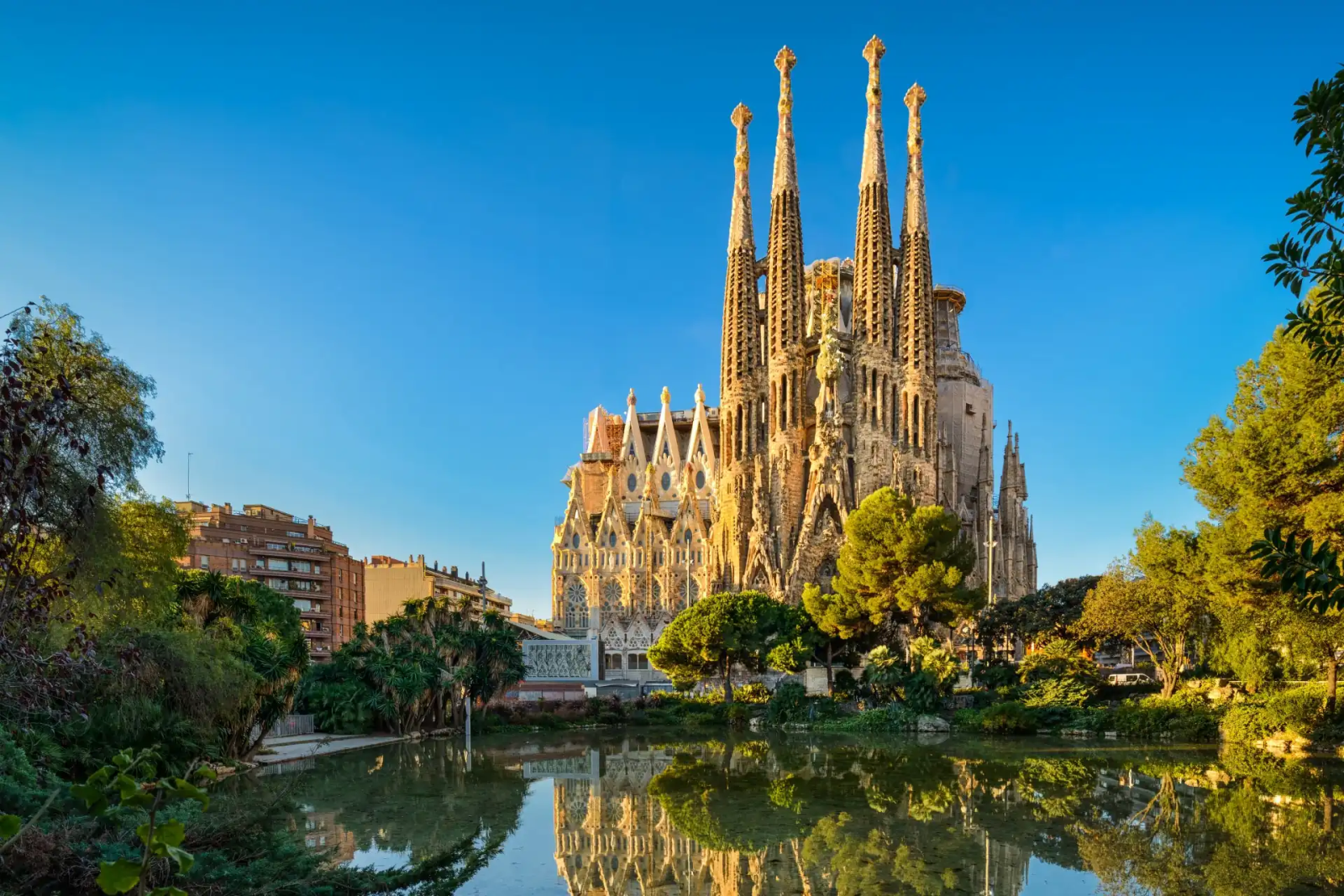
.jpg)



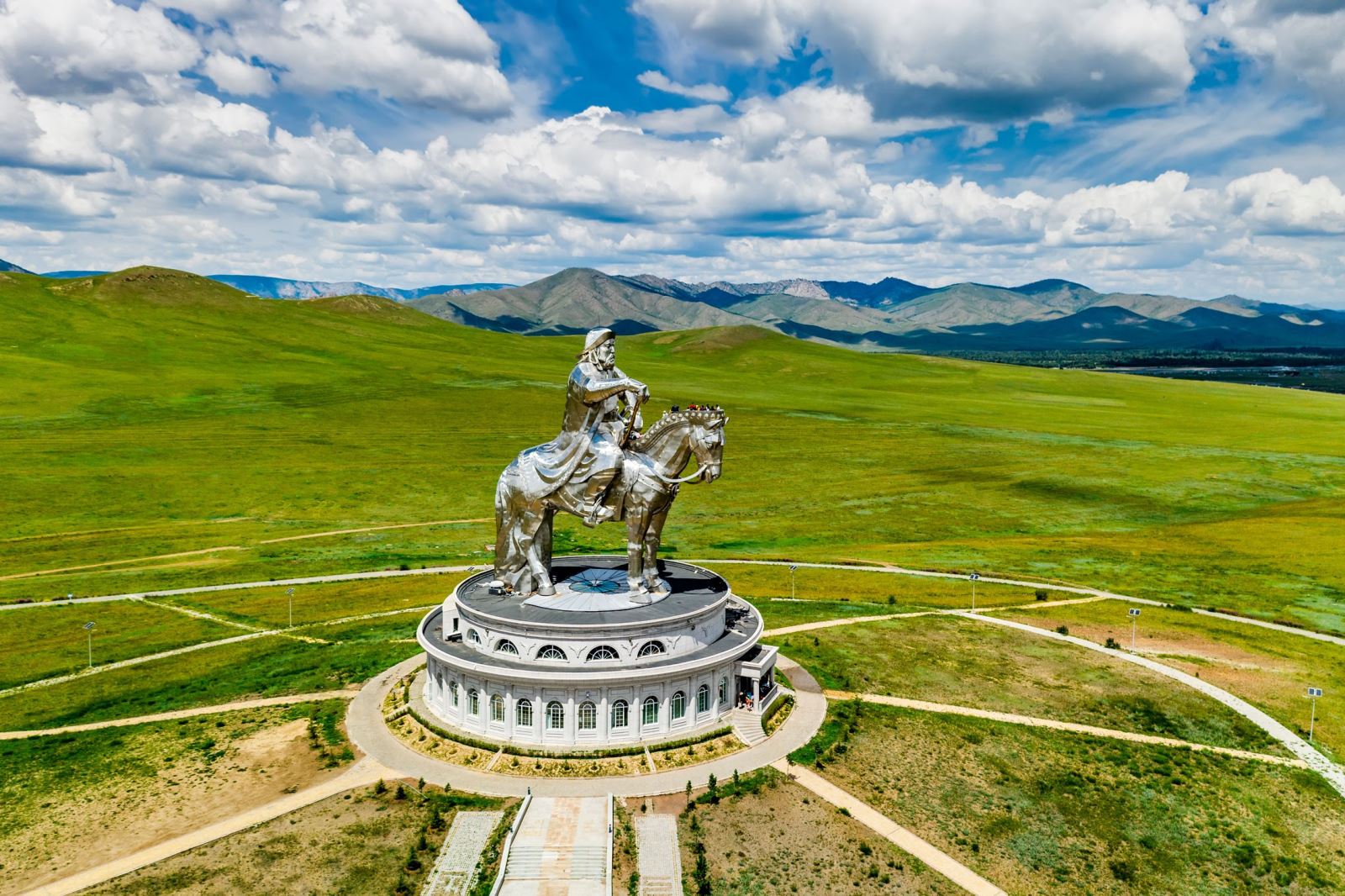

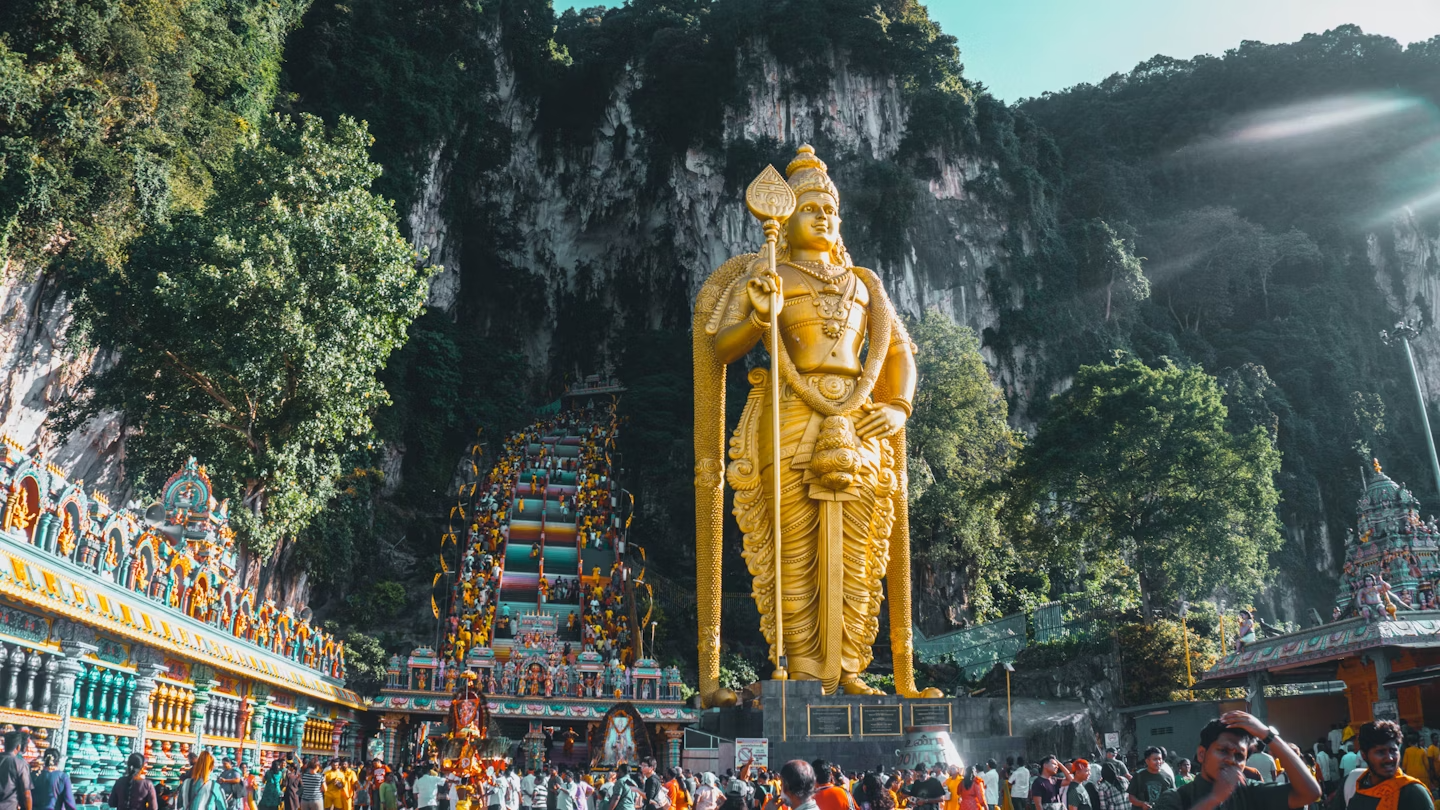



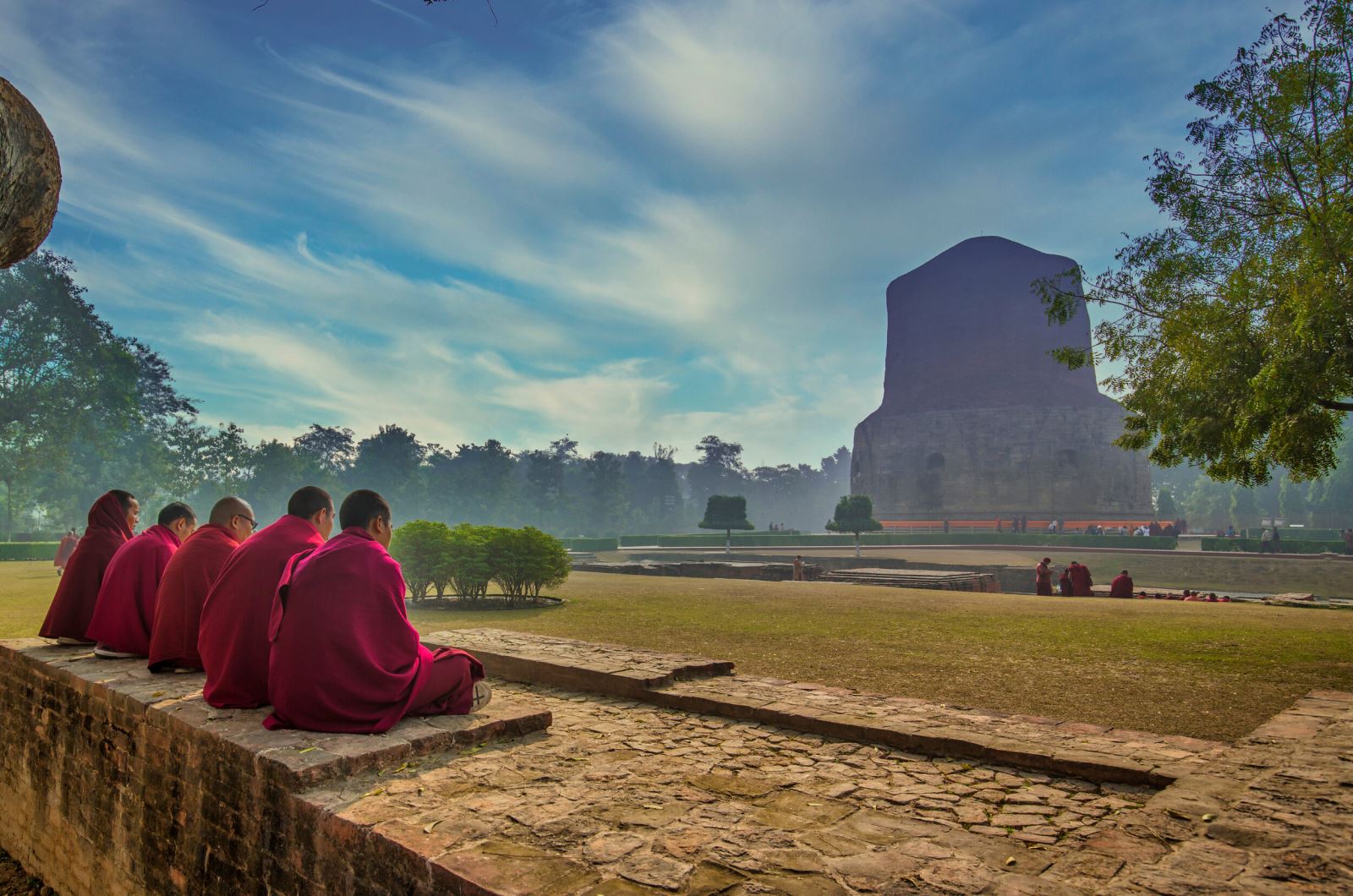


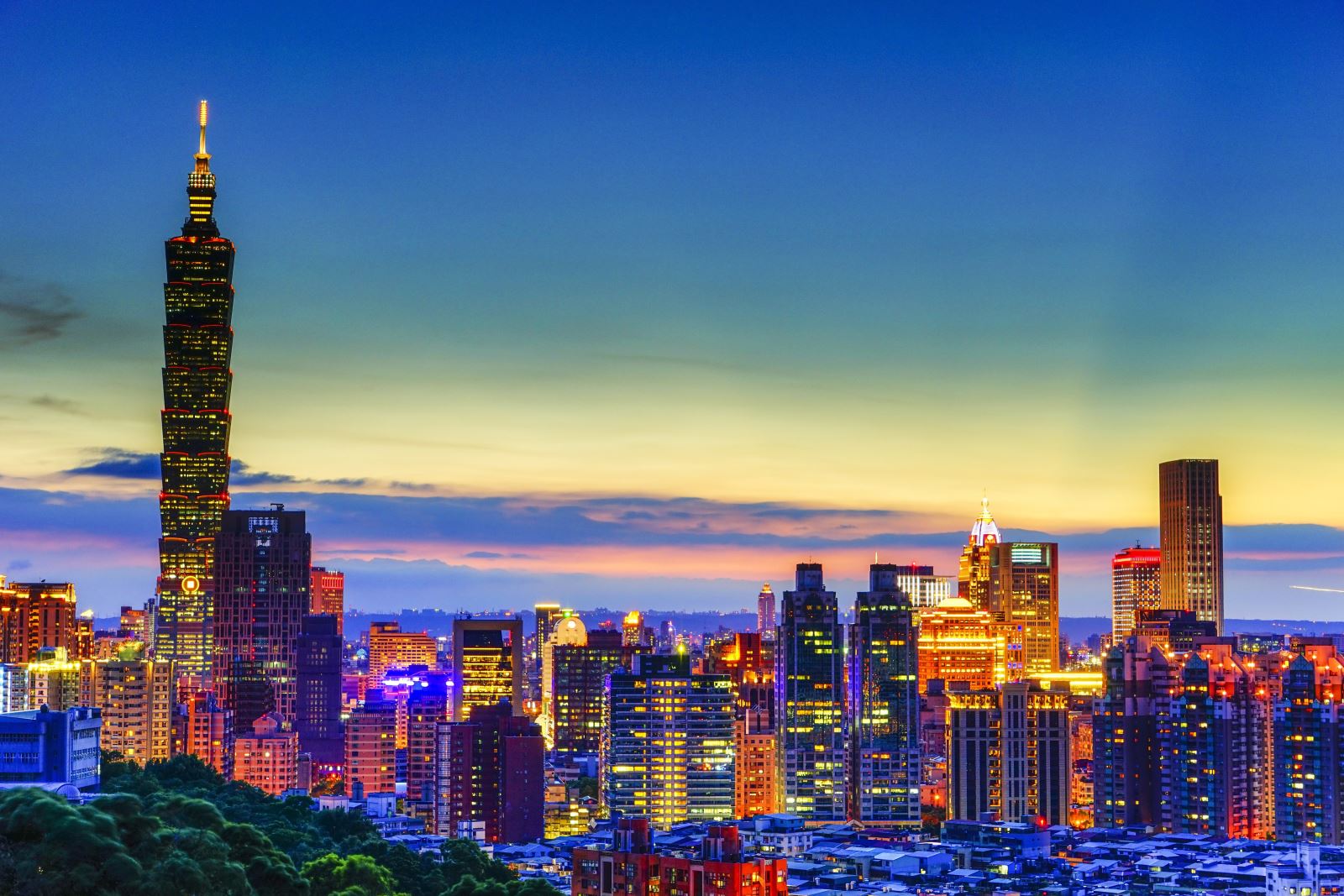
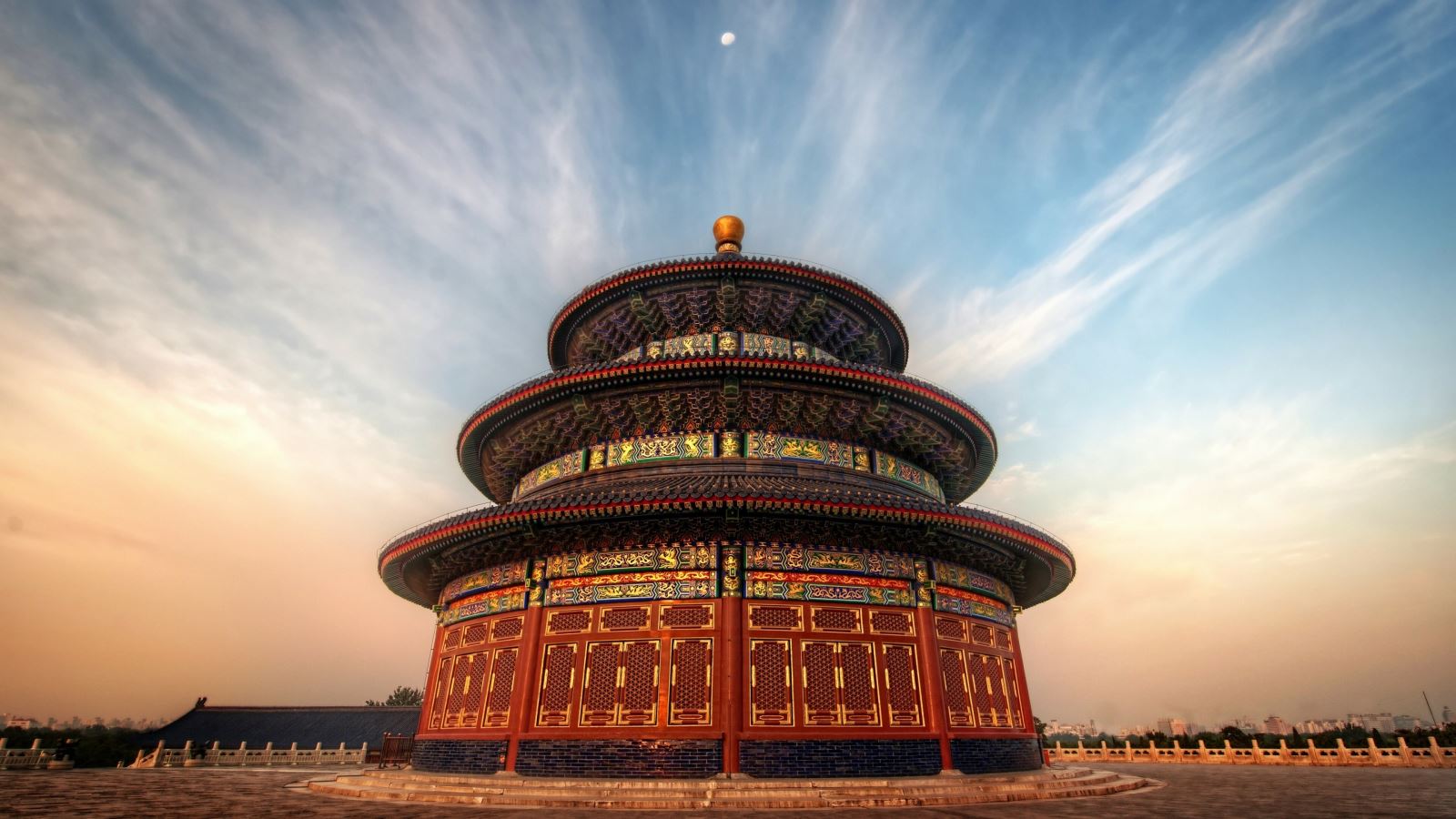
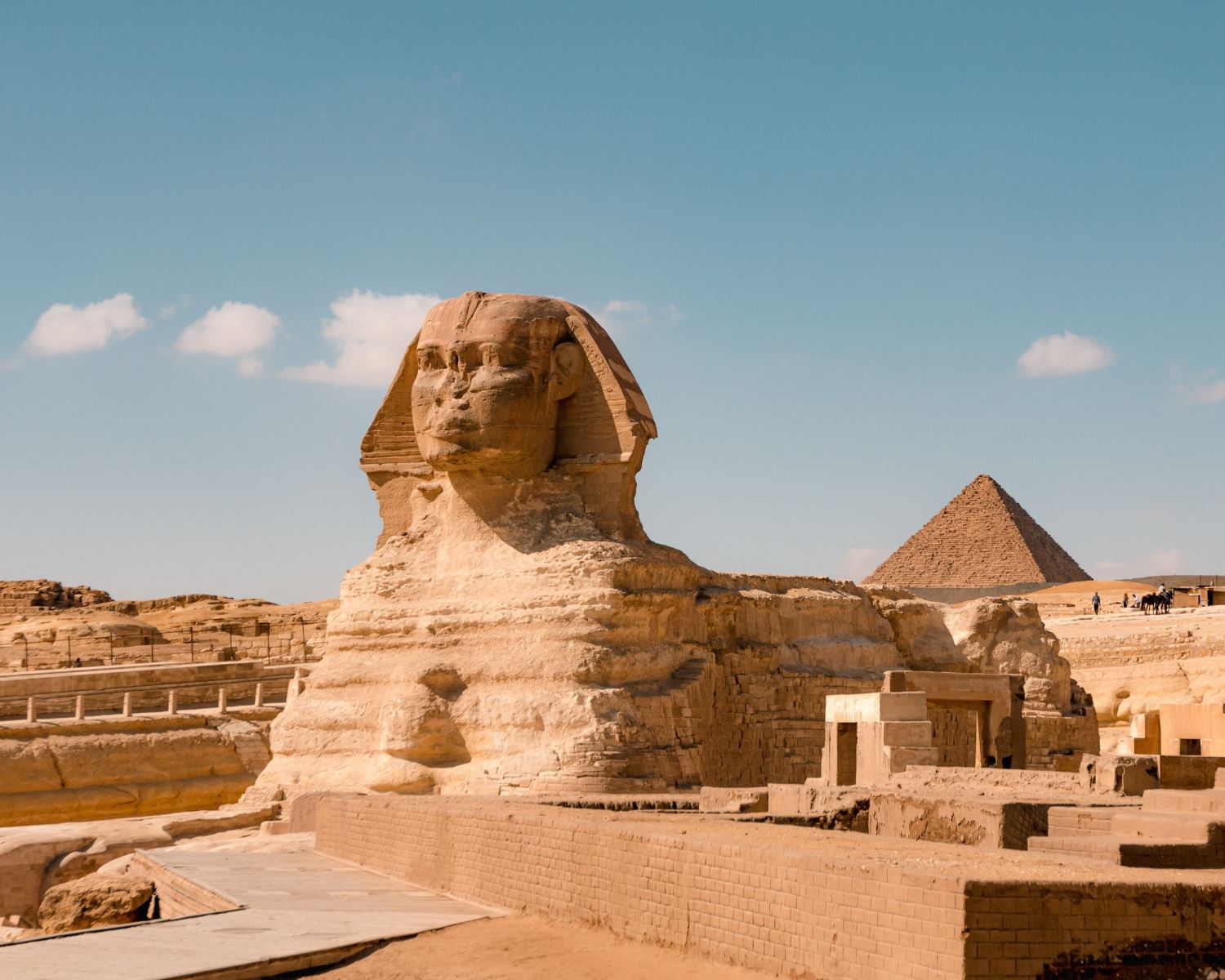



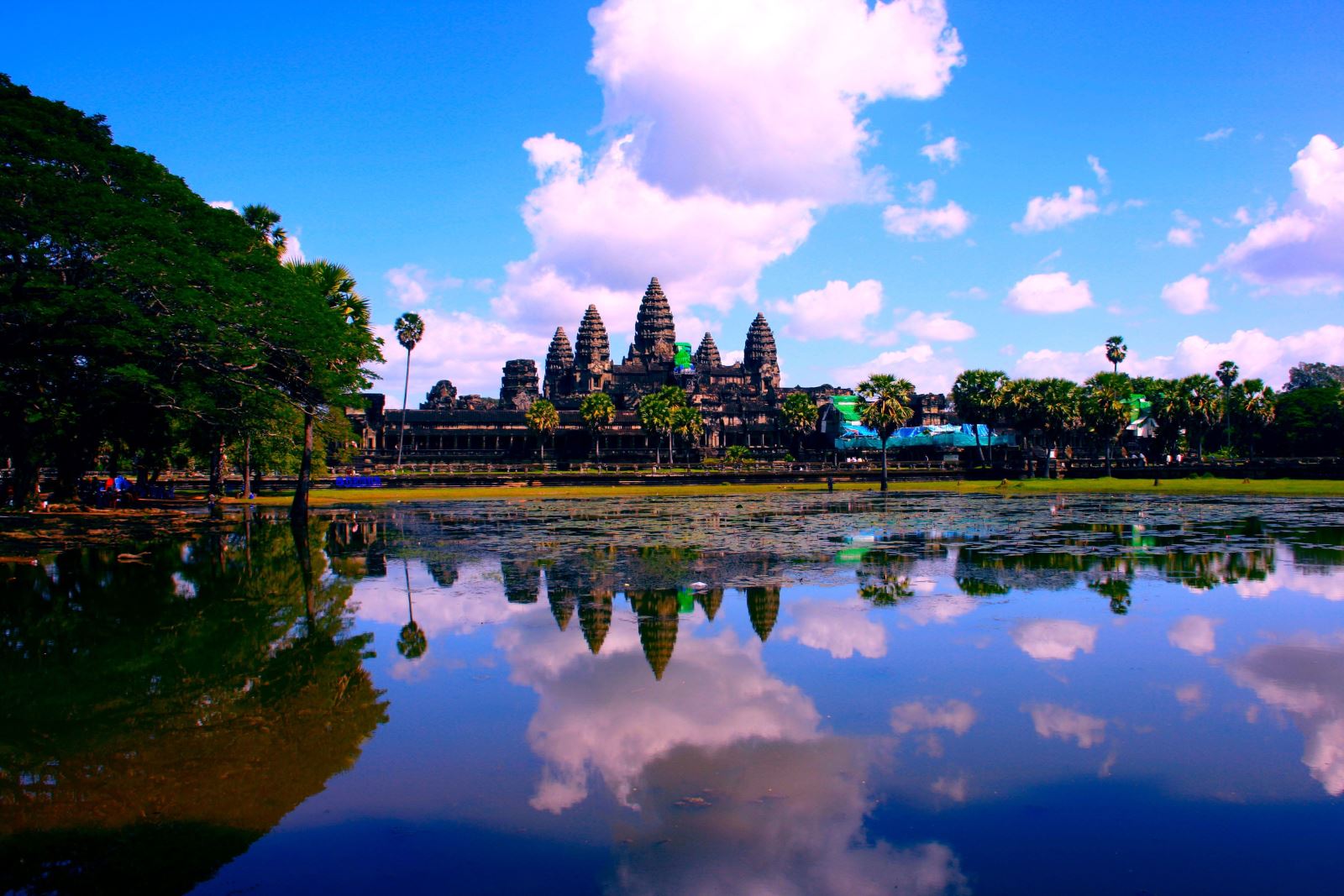
.png)
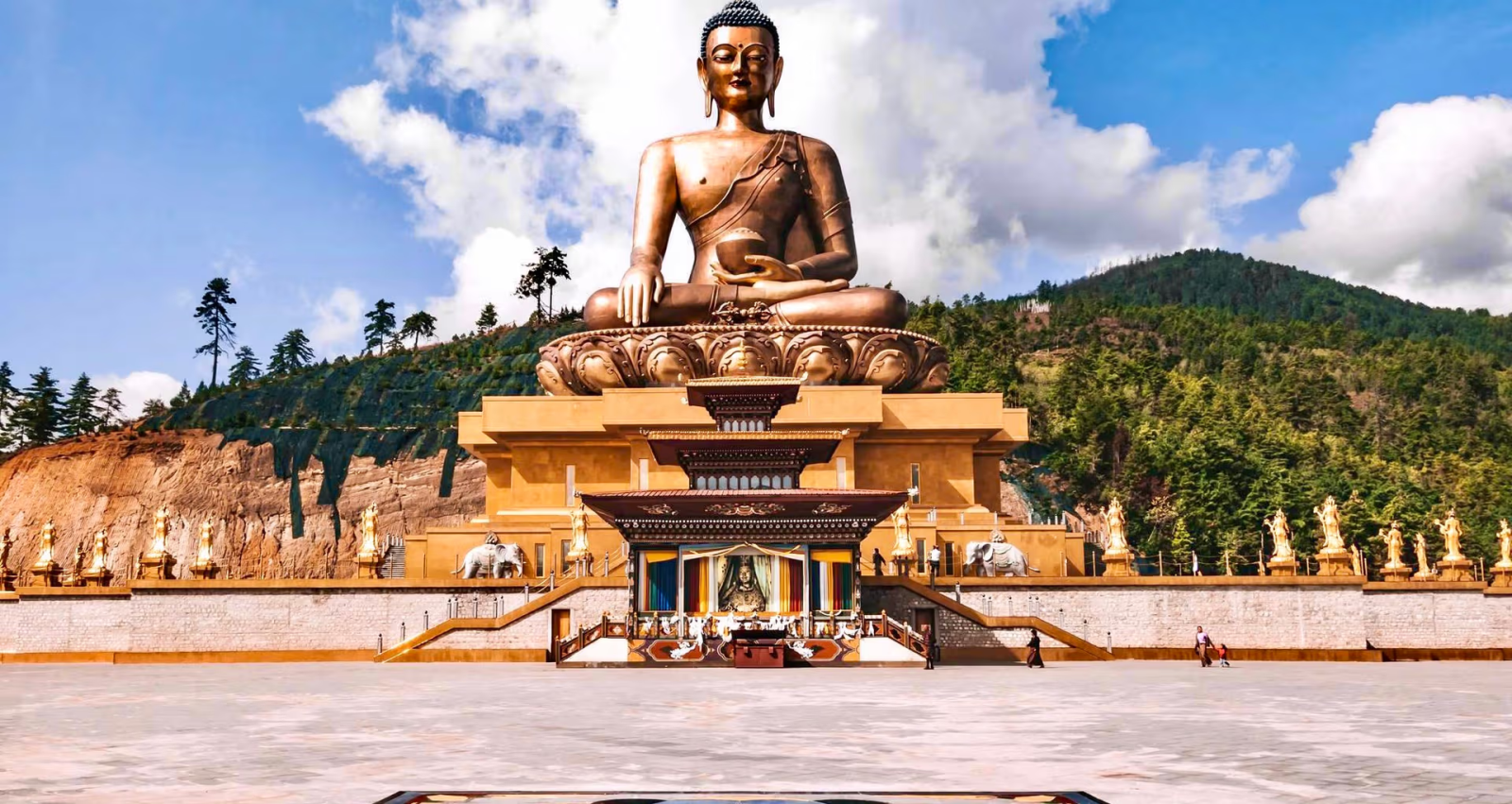


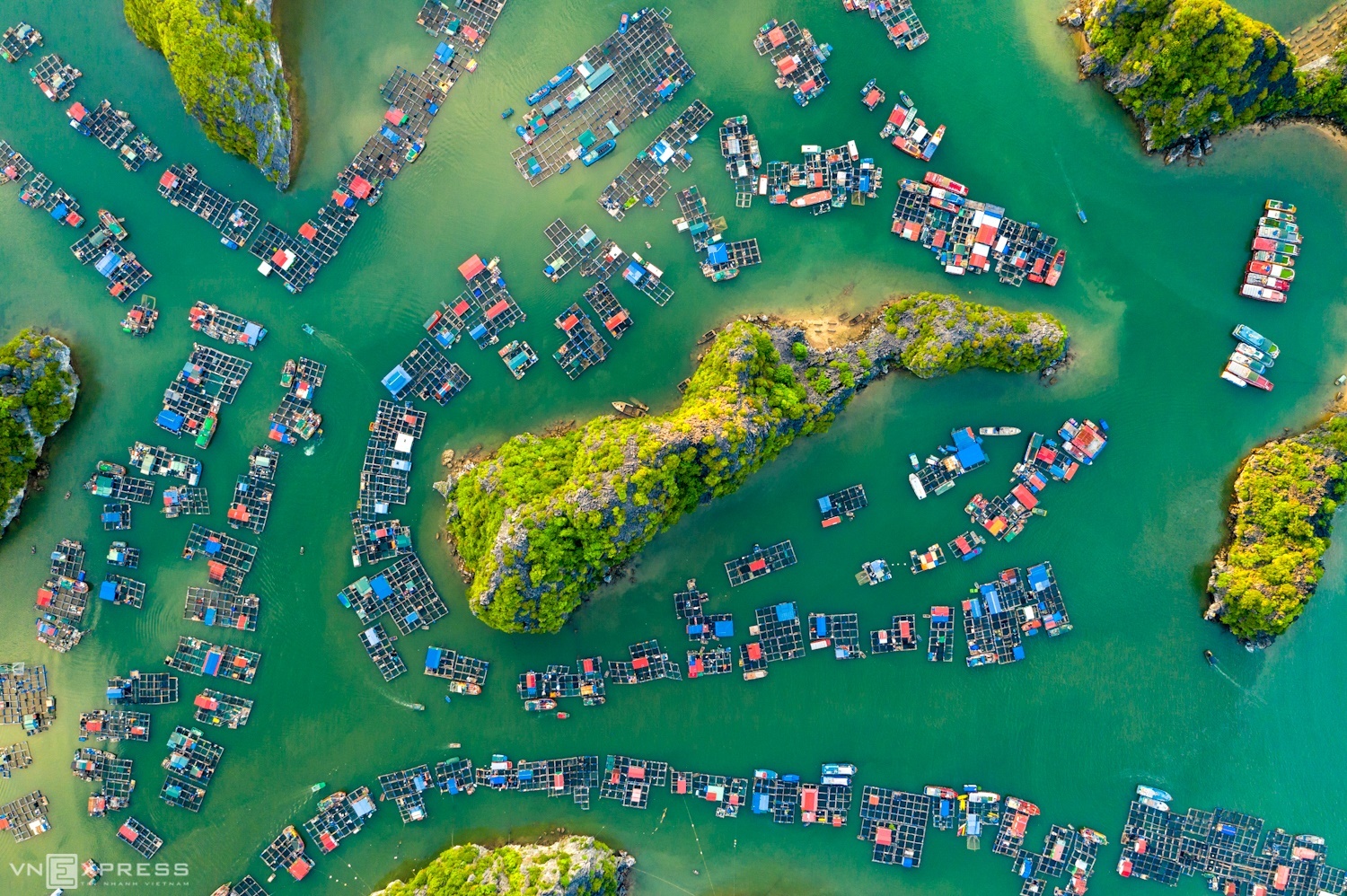
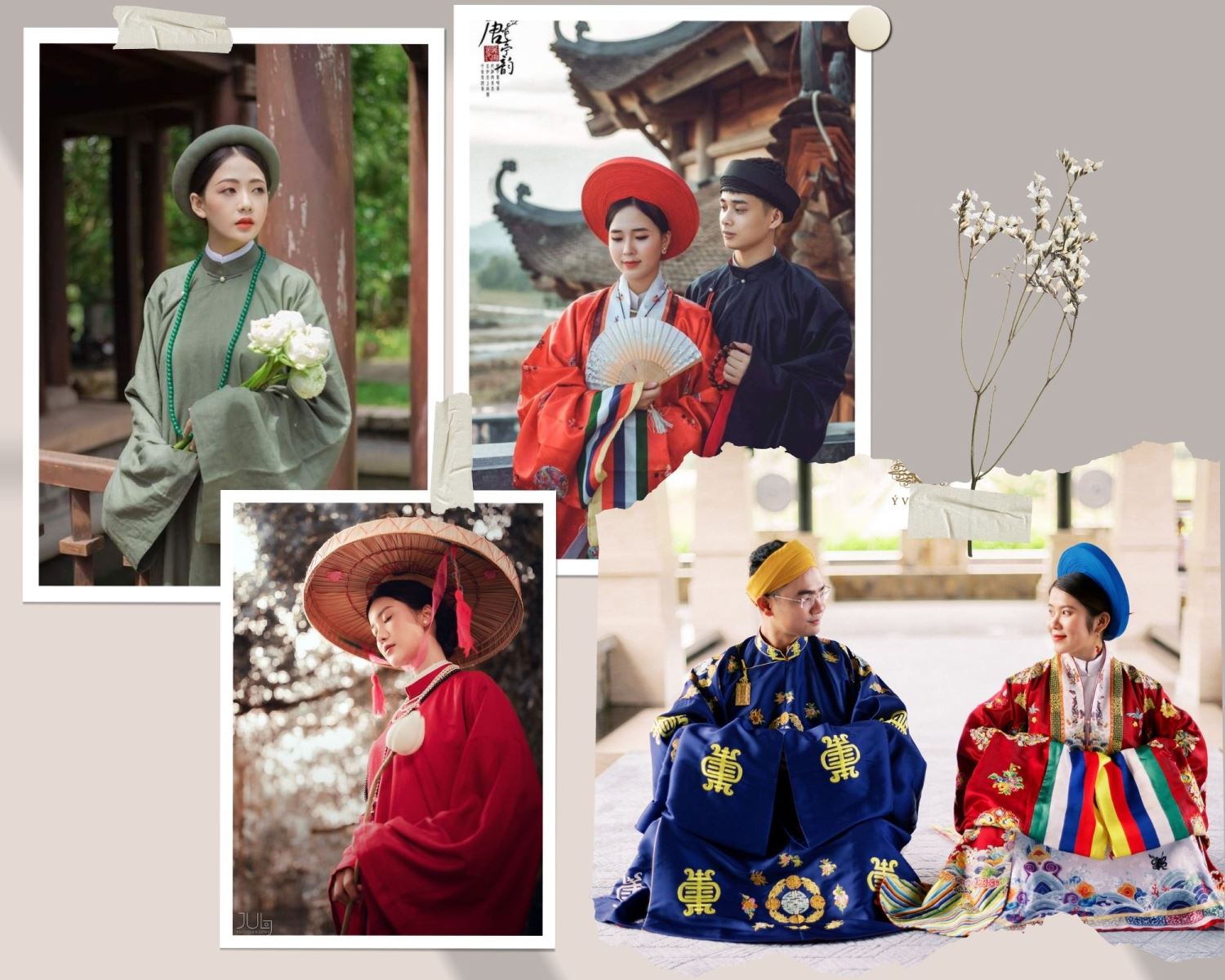



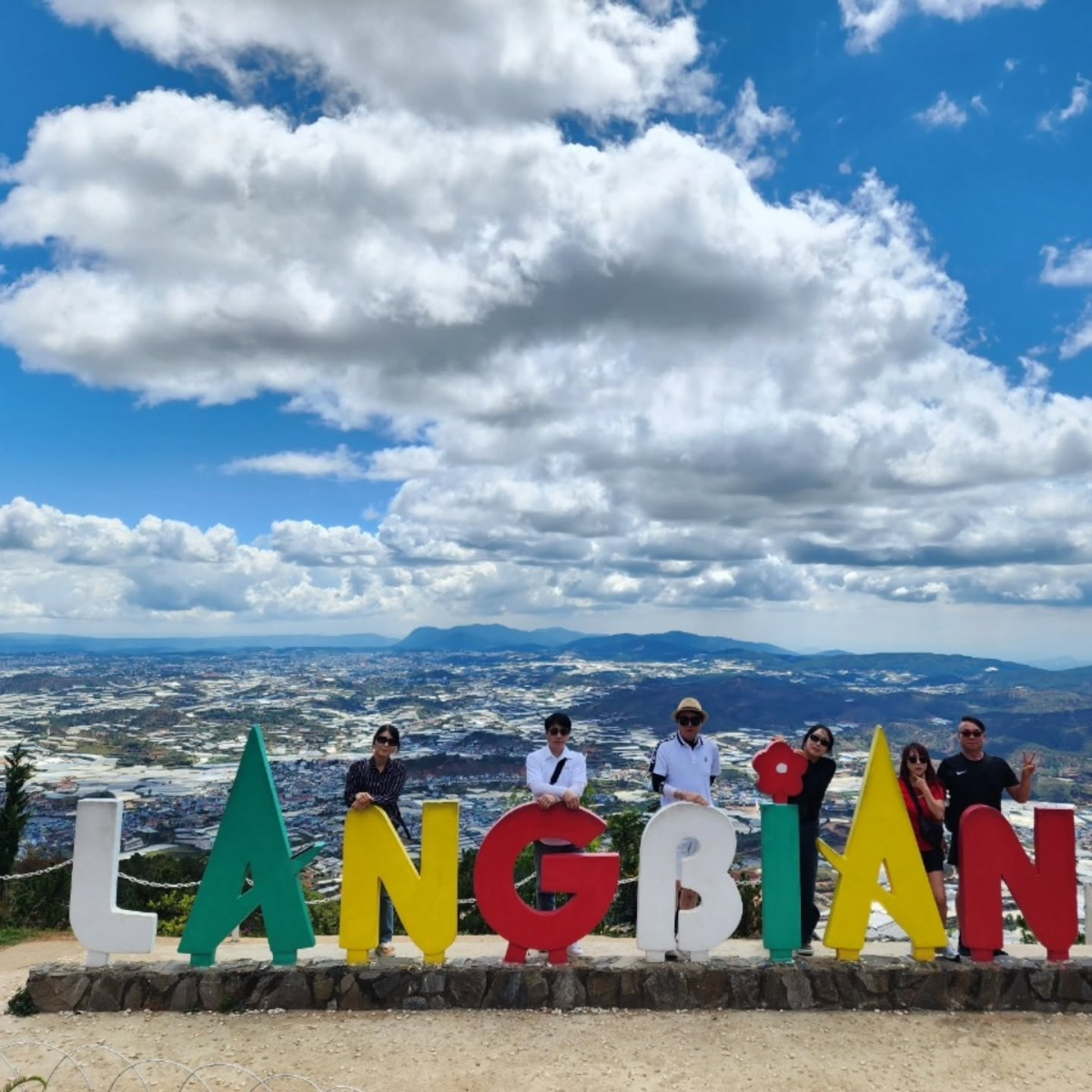

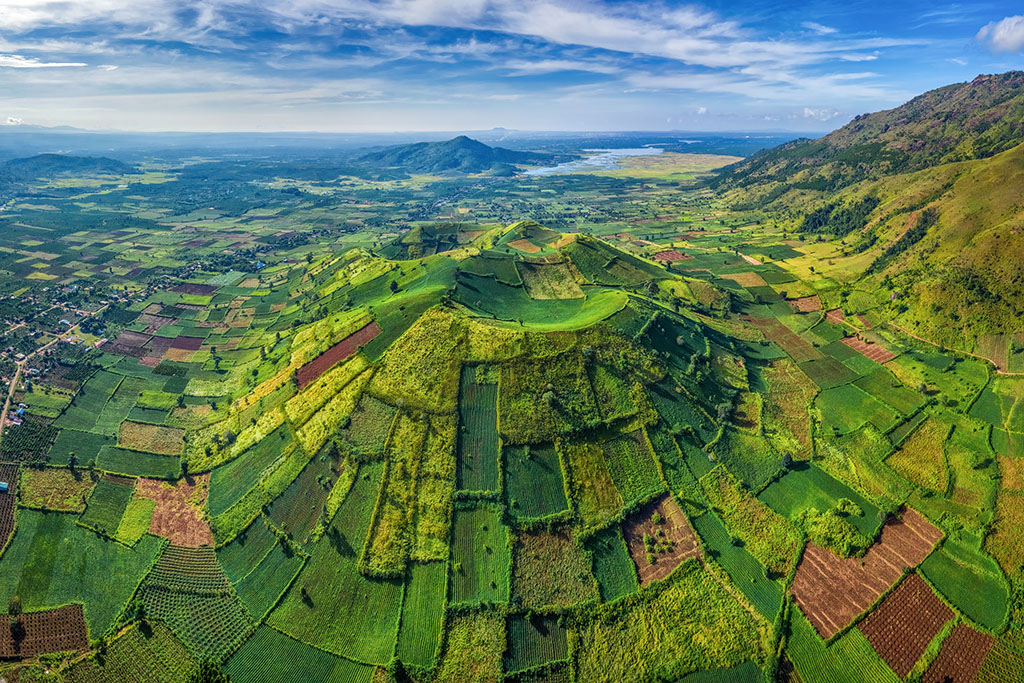
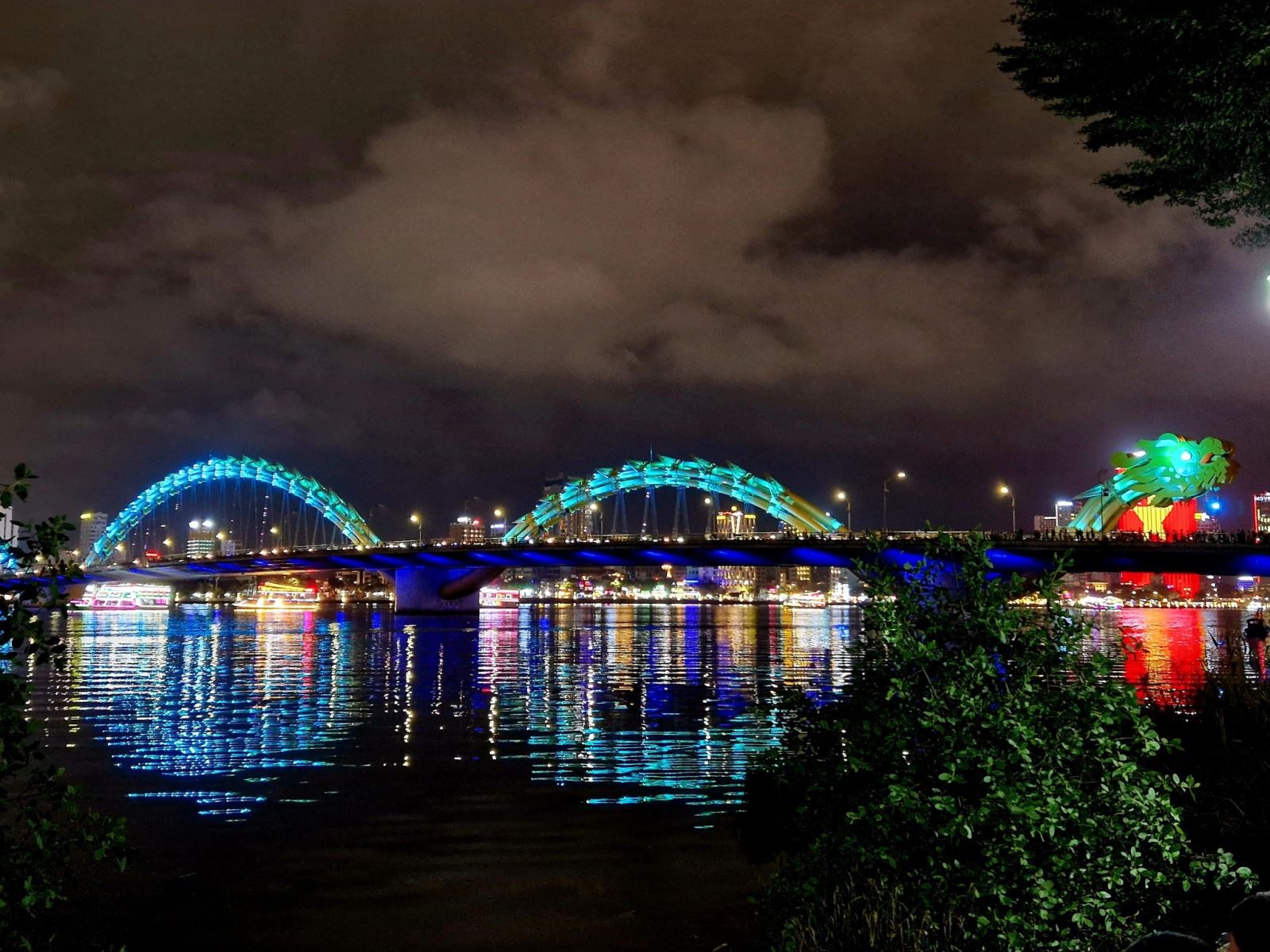

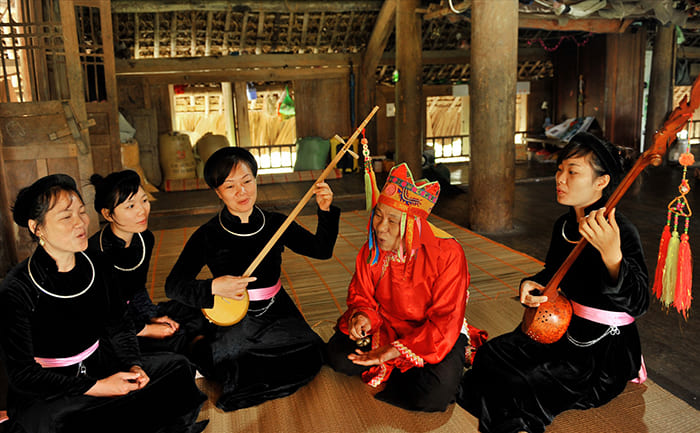
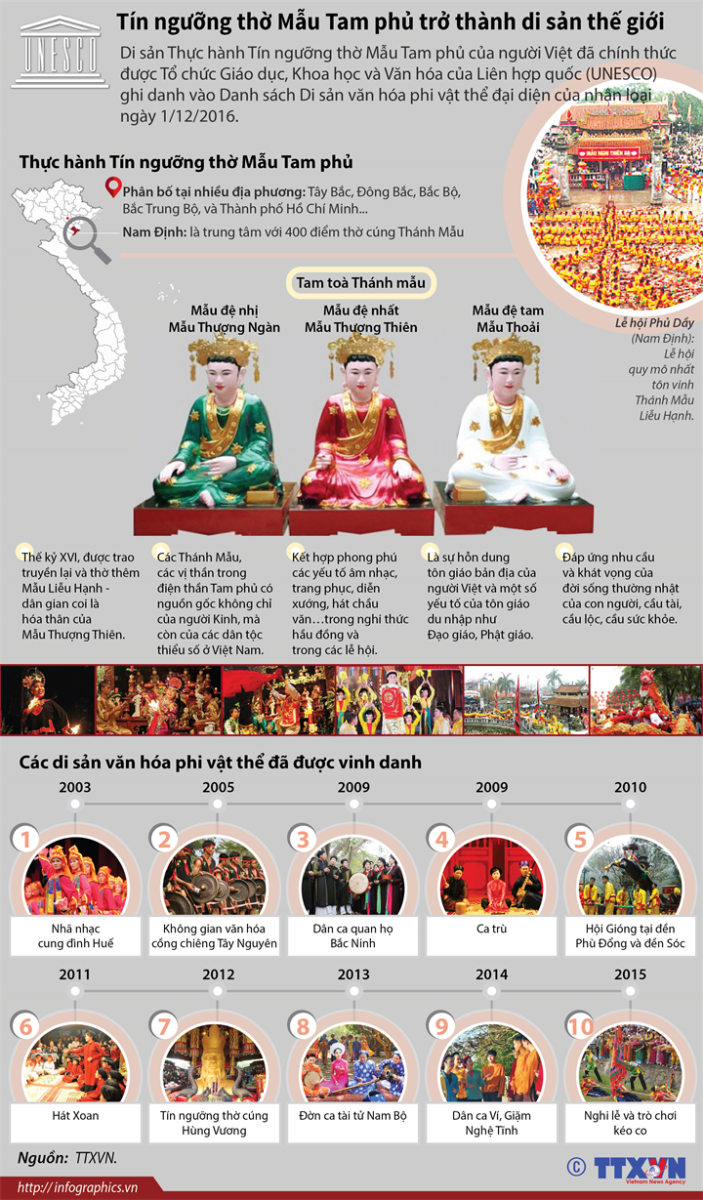
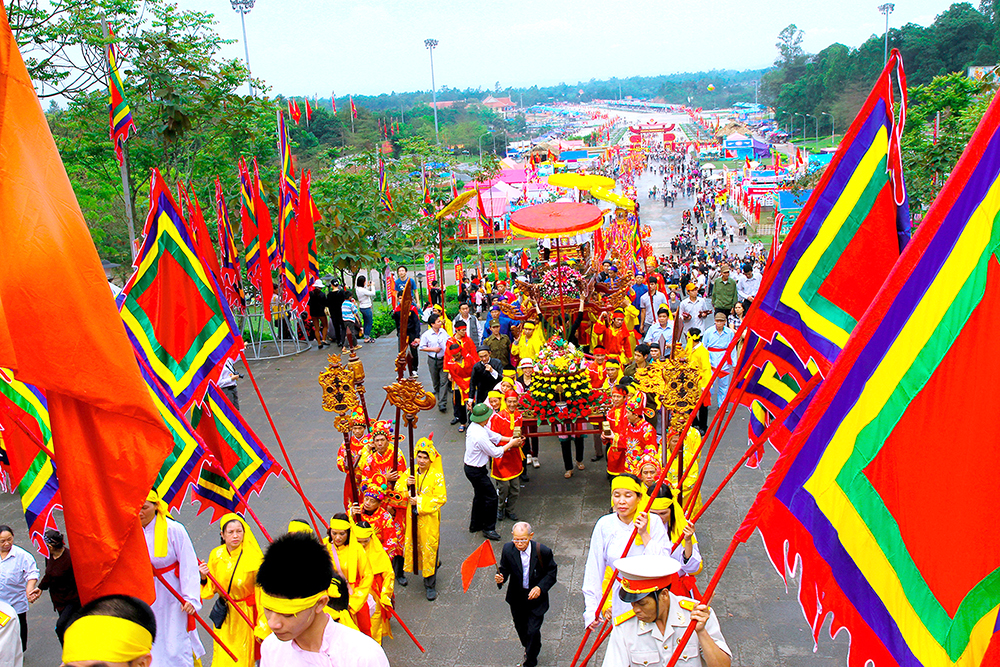
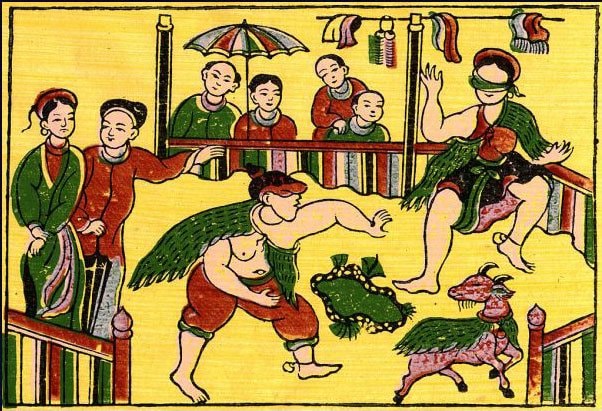


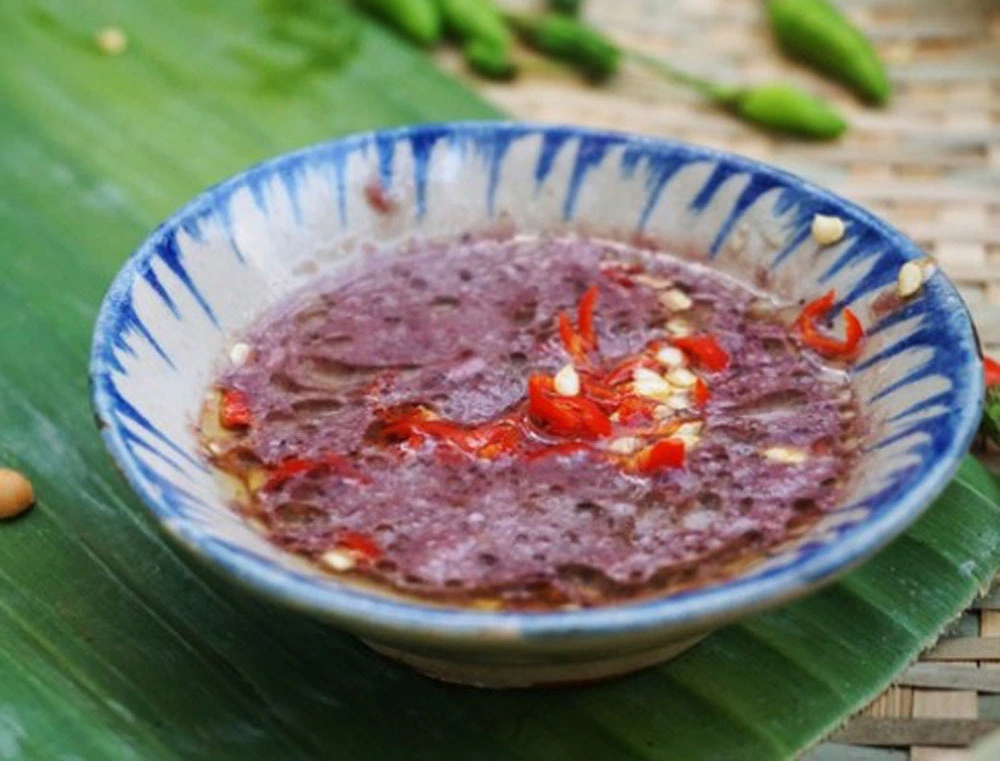
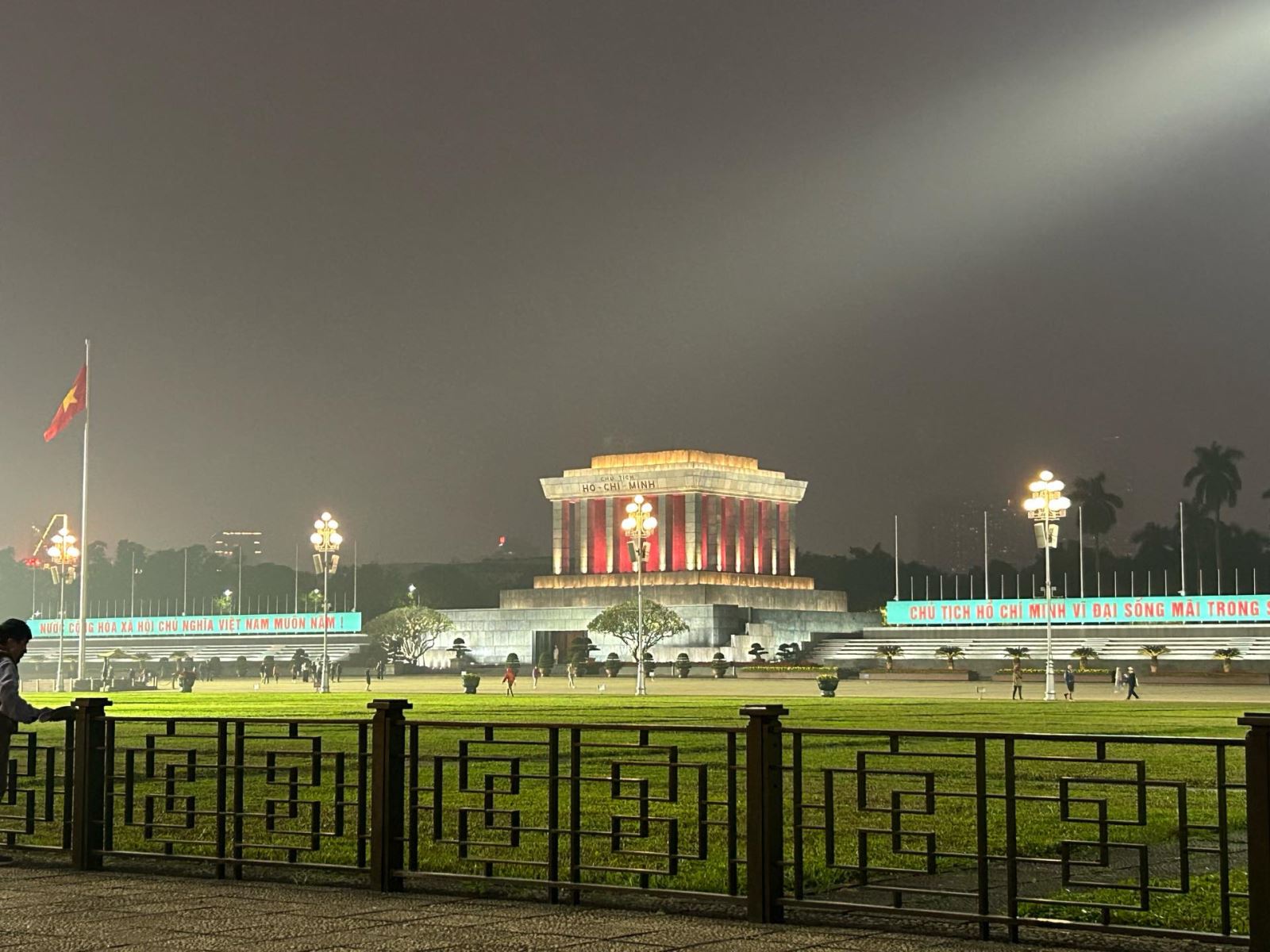
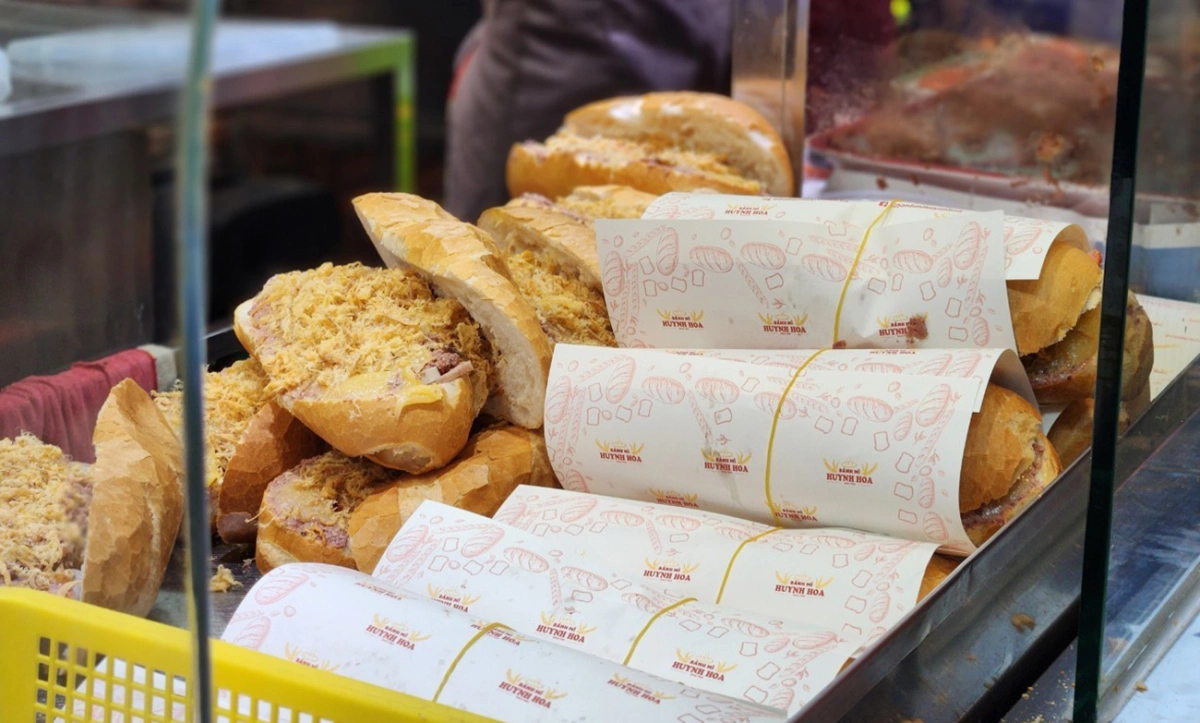

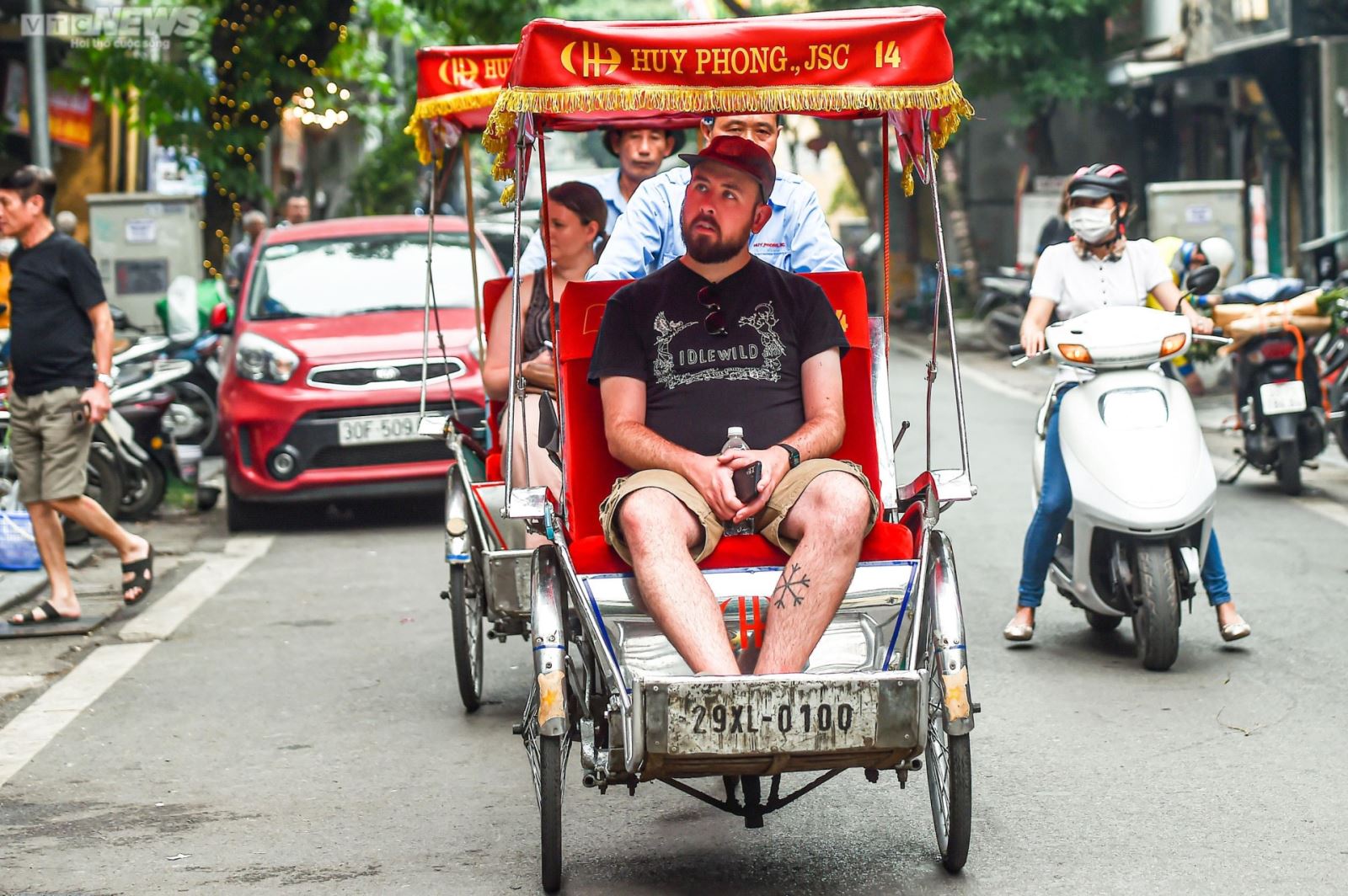



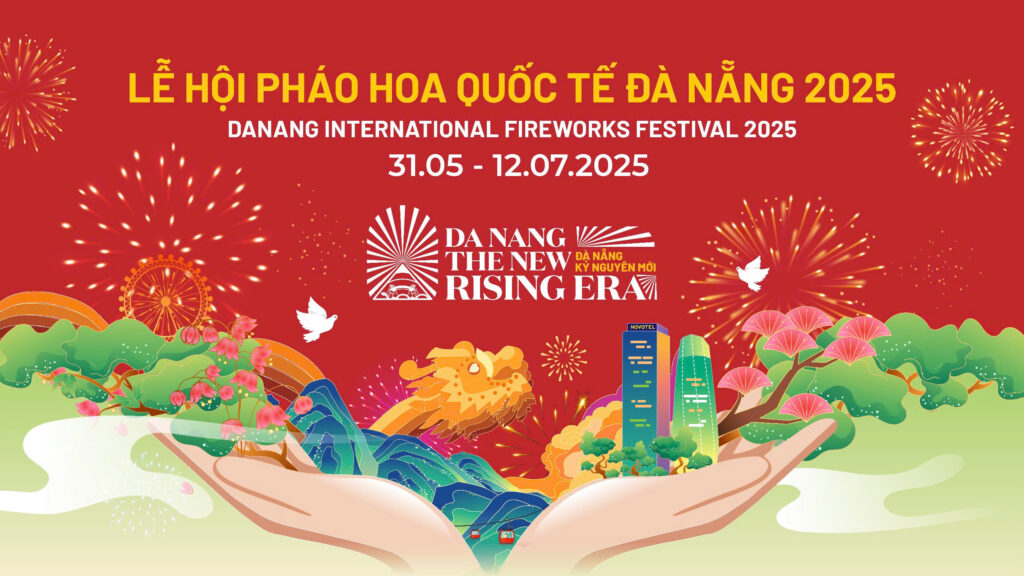
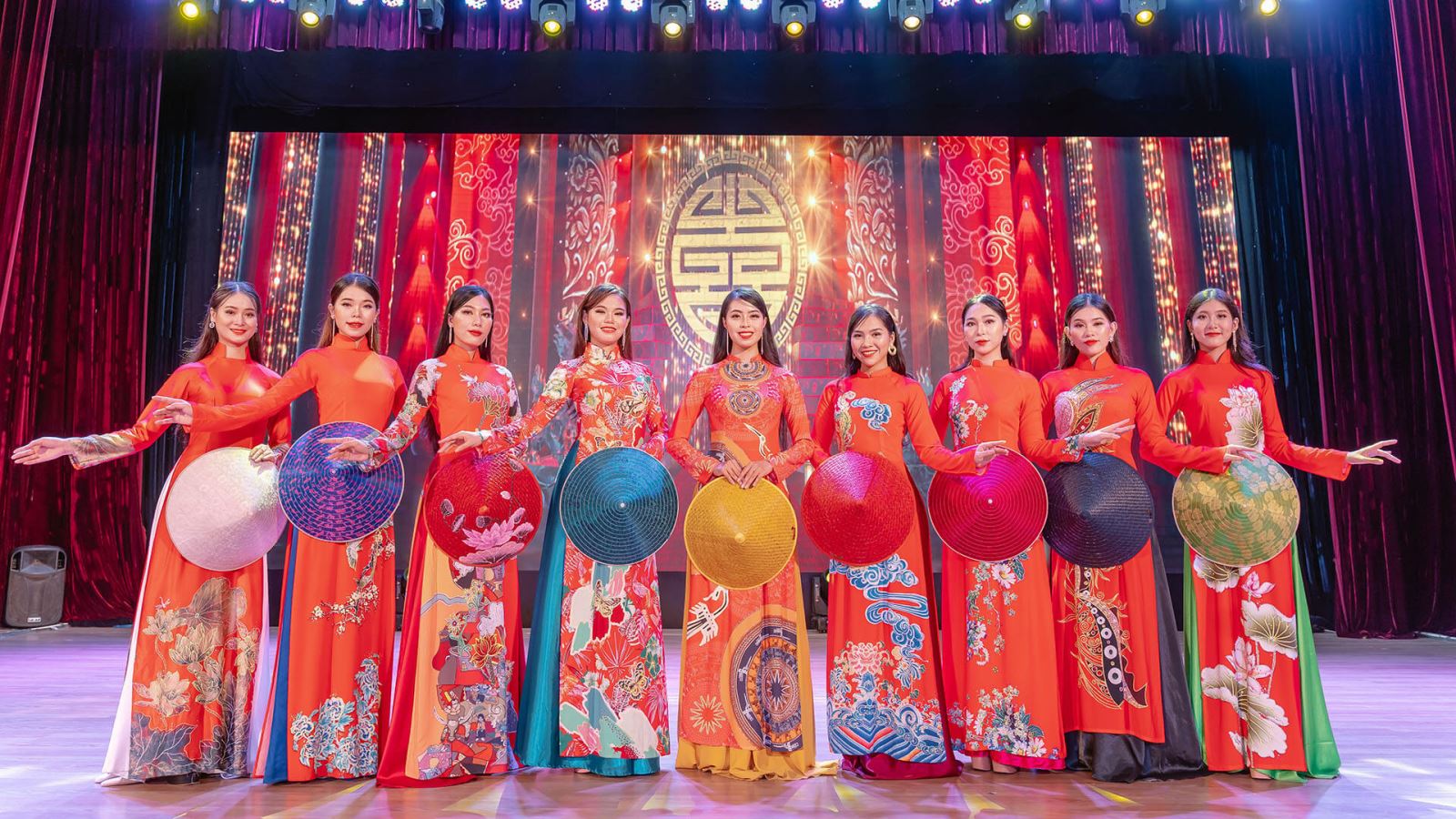


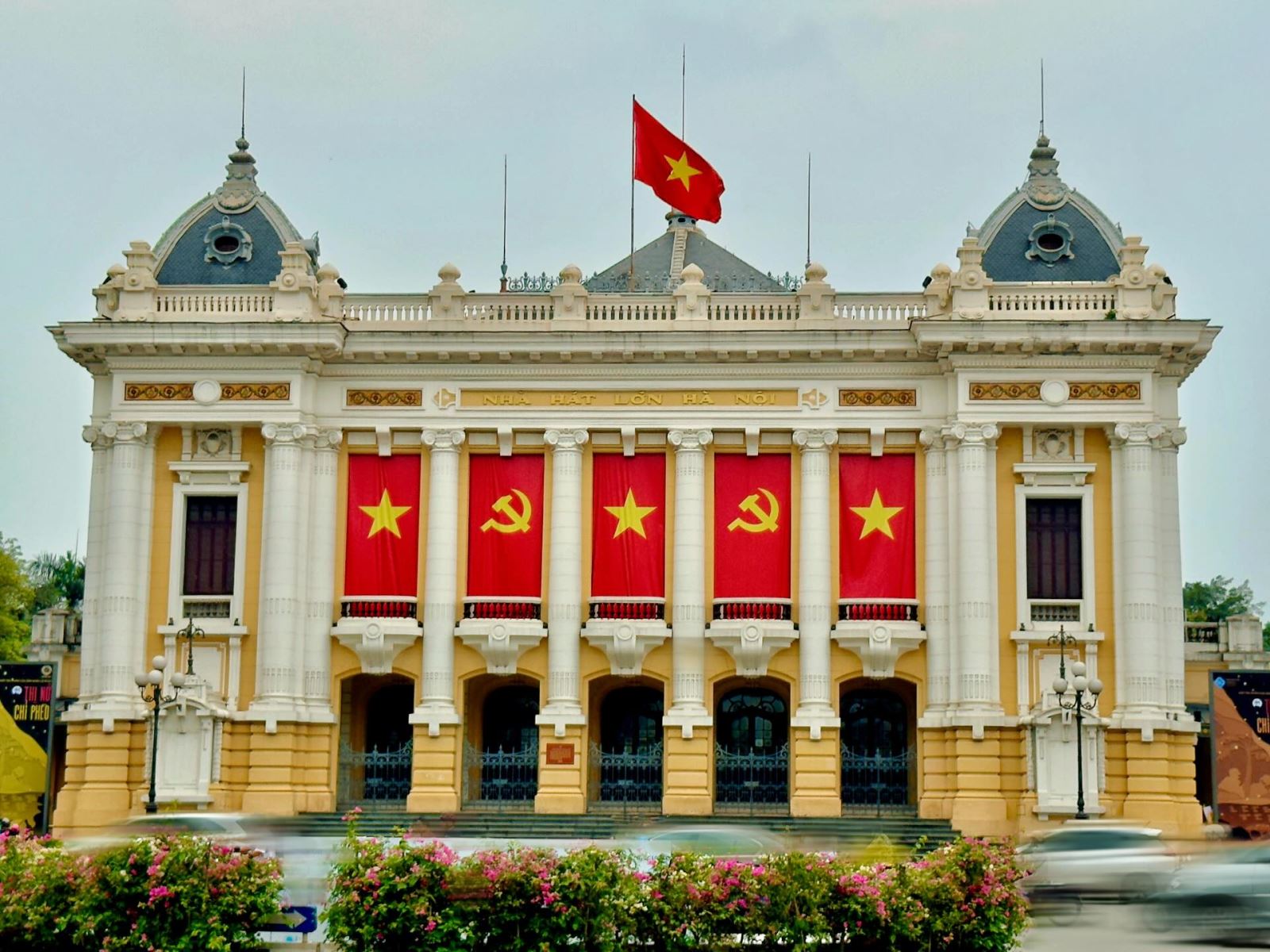
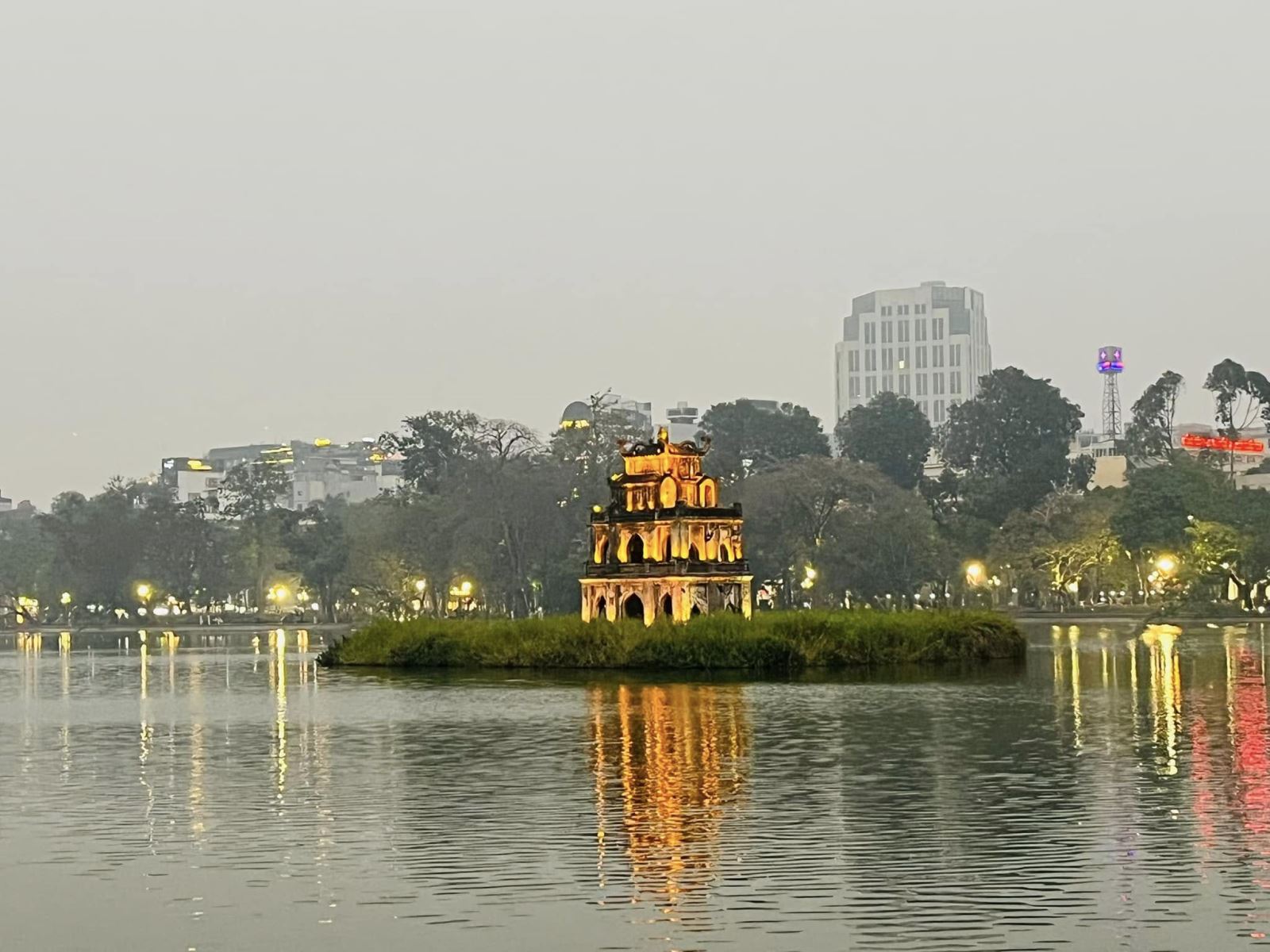
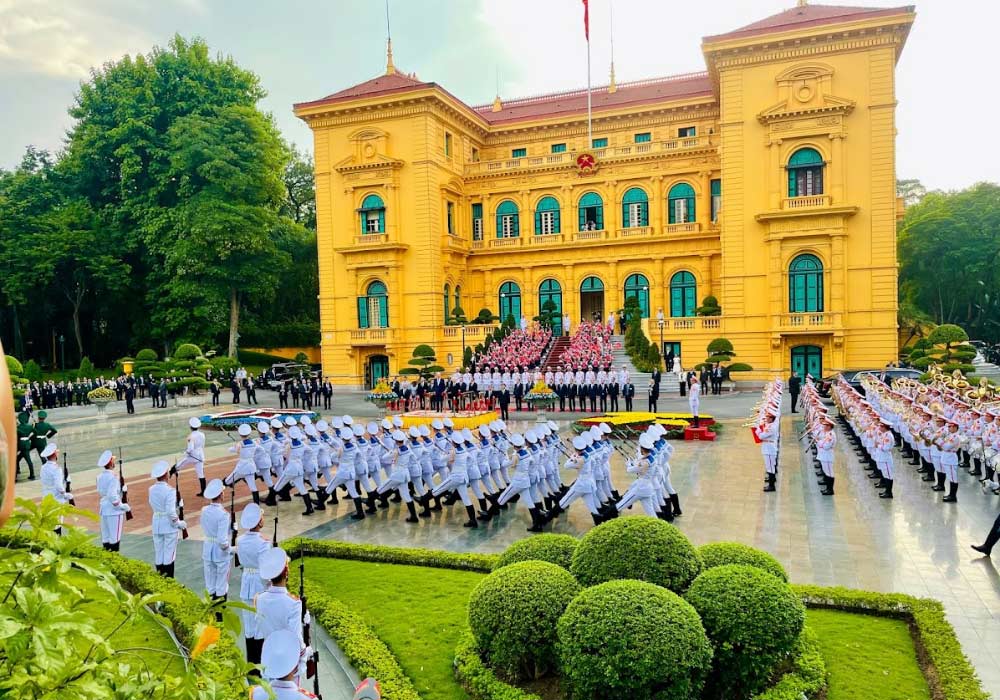



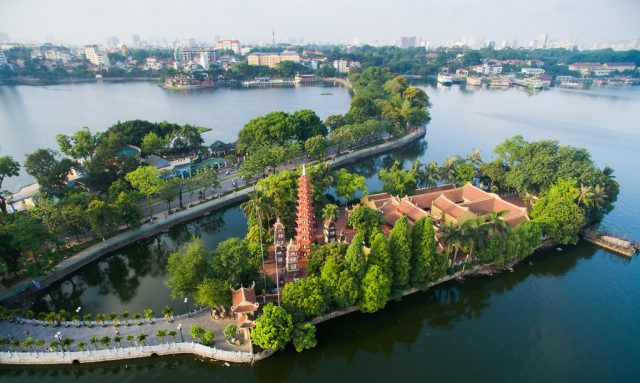
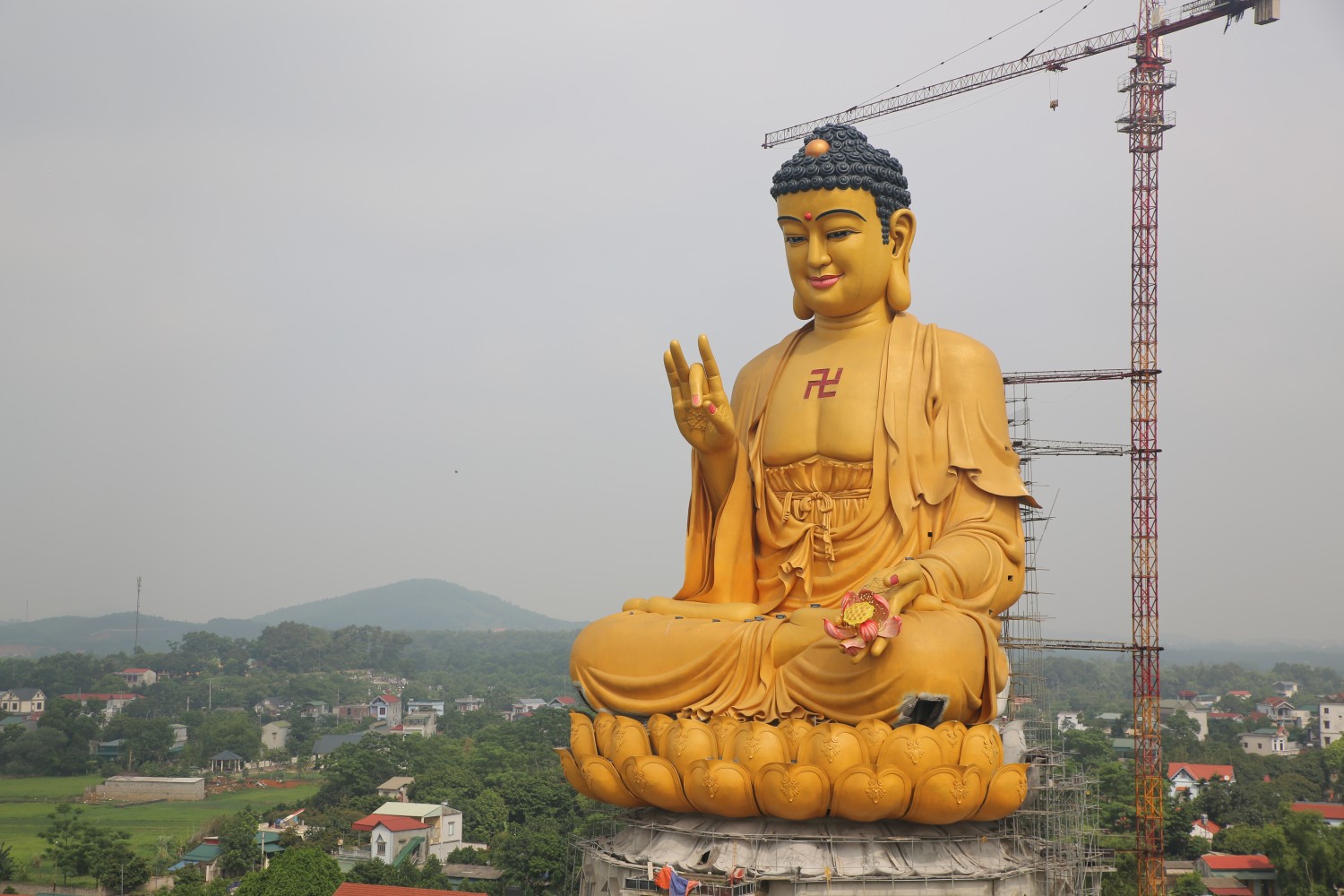
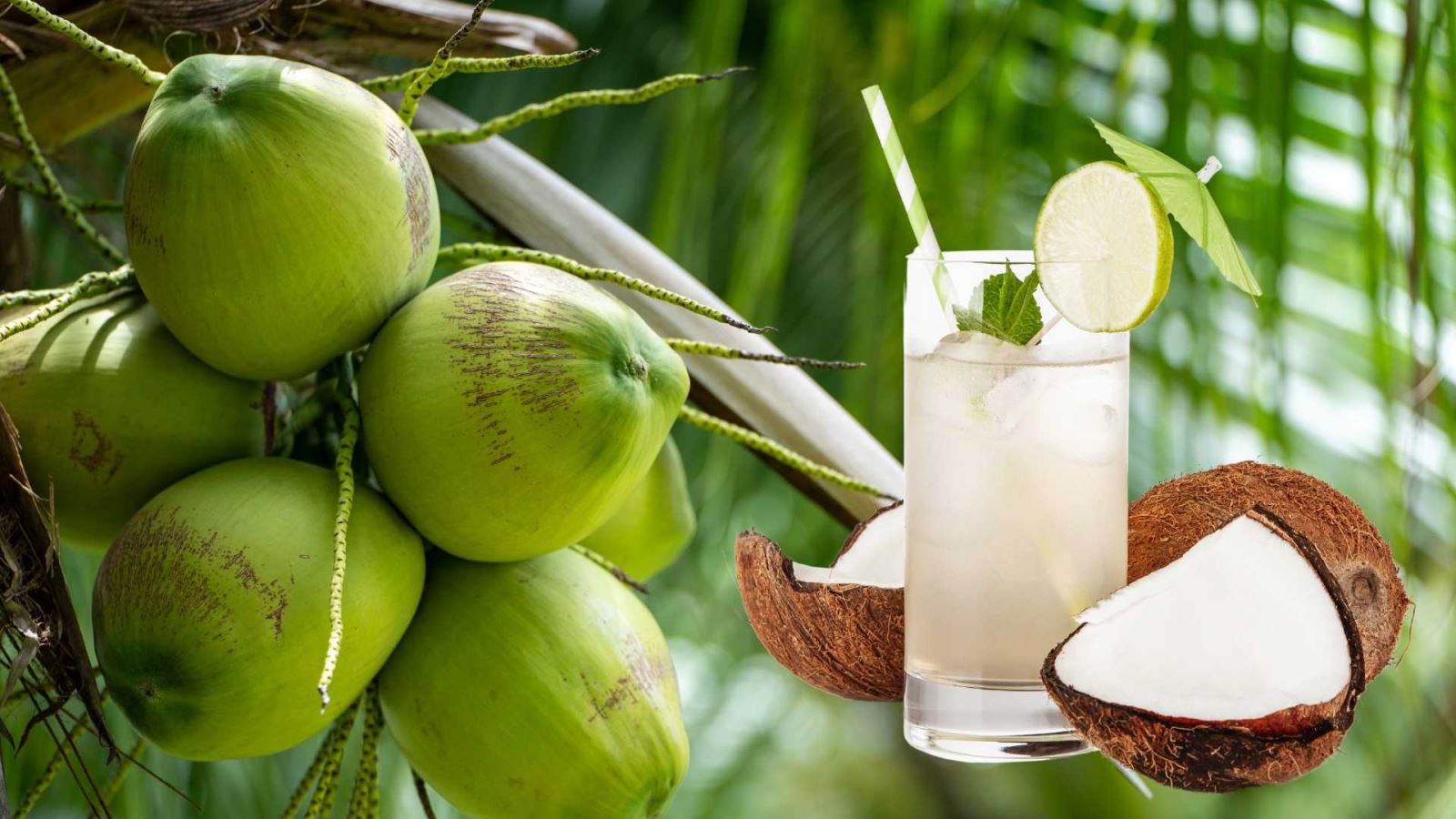
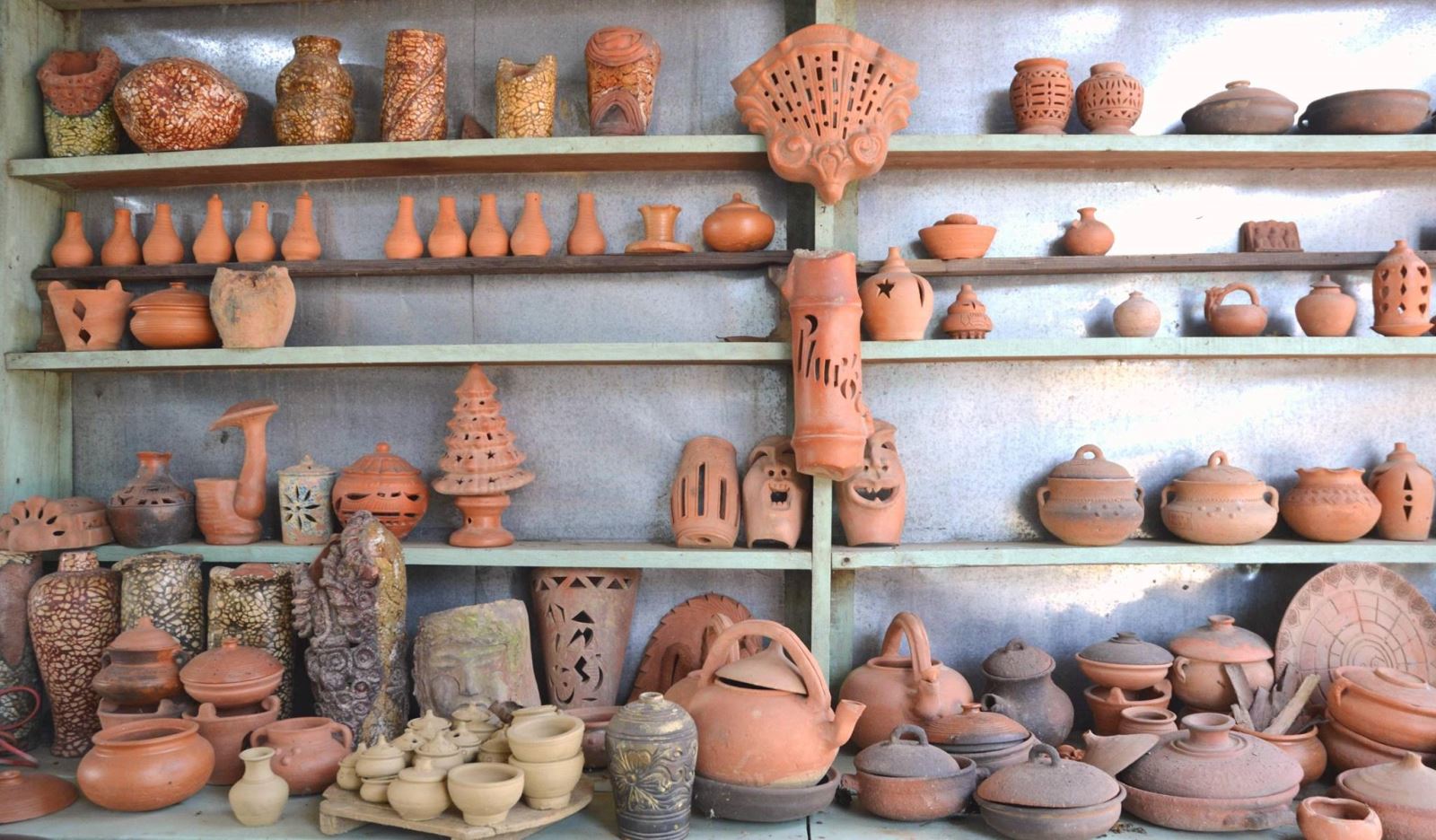
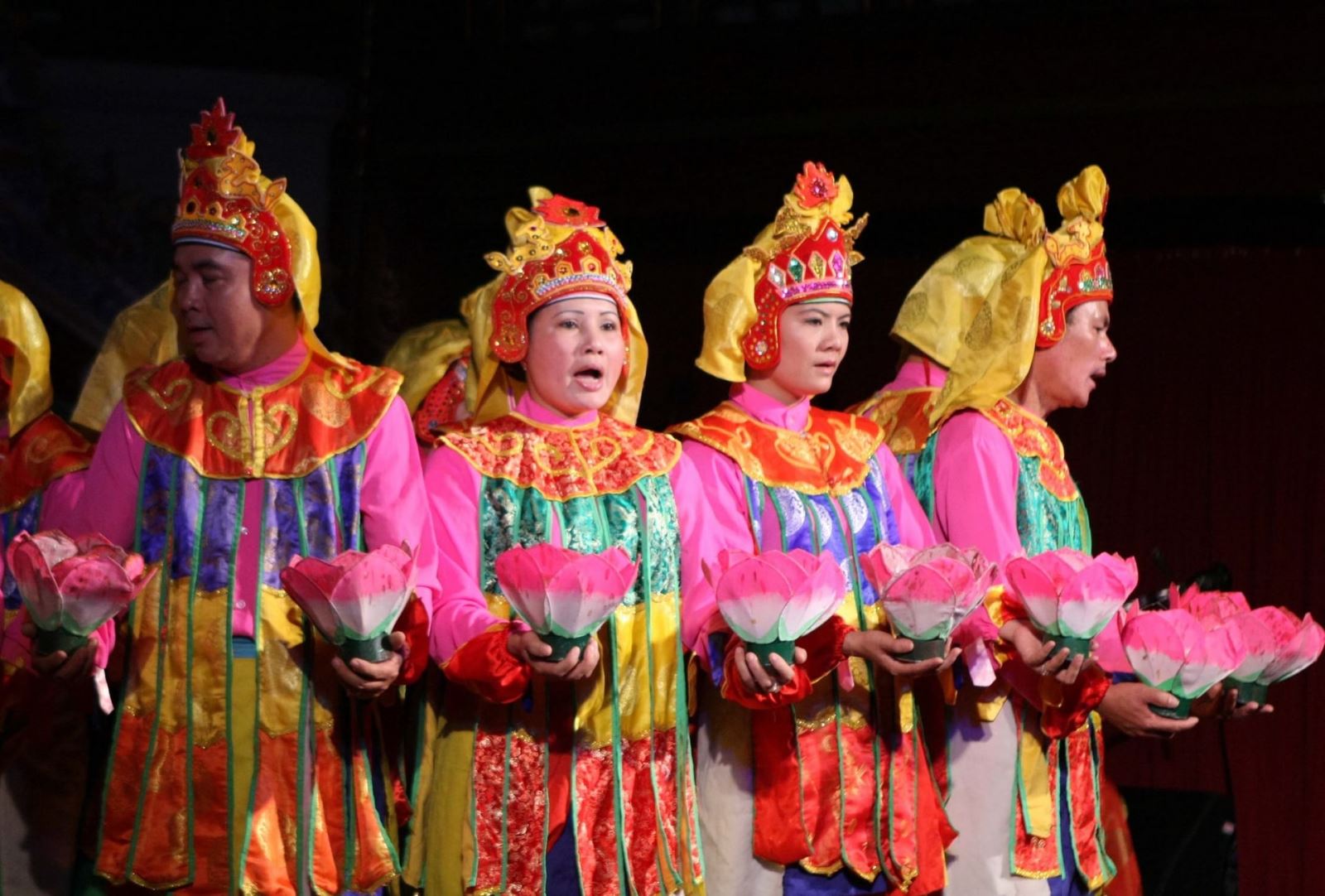
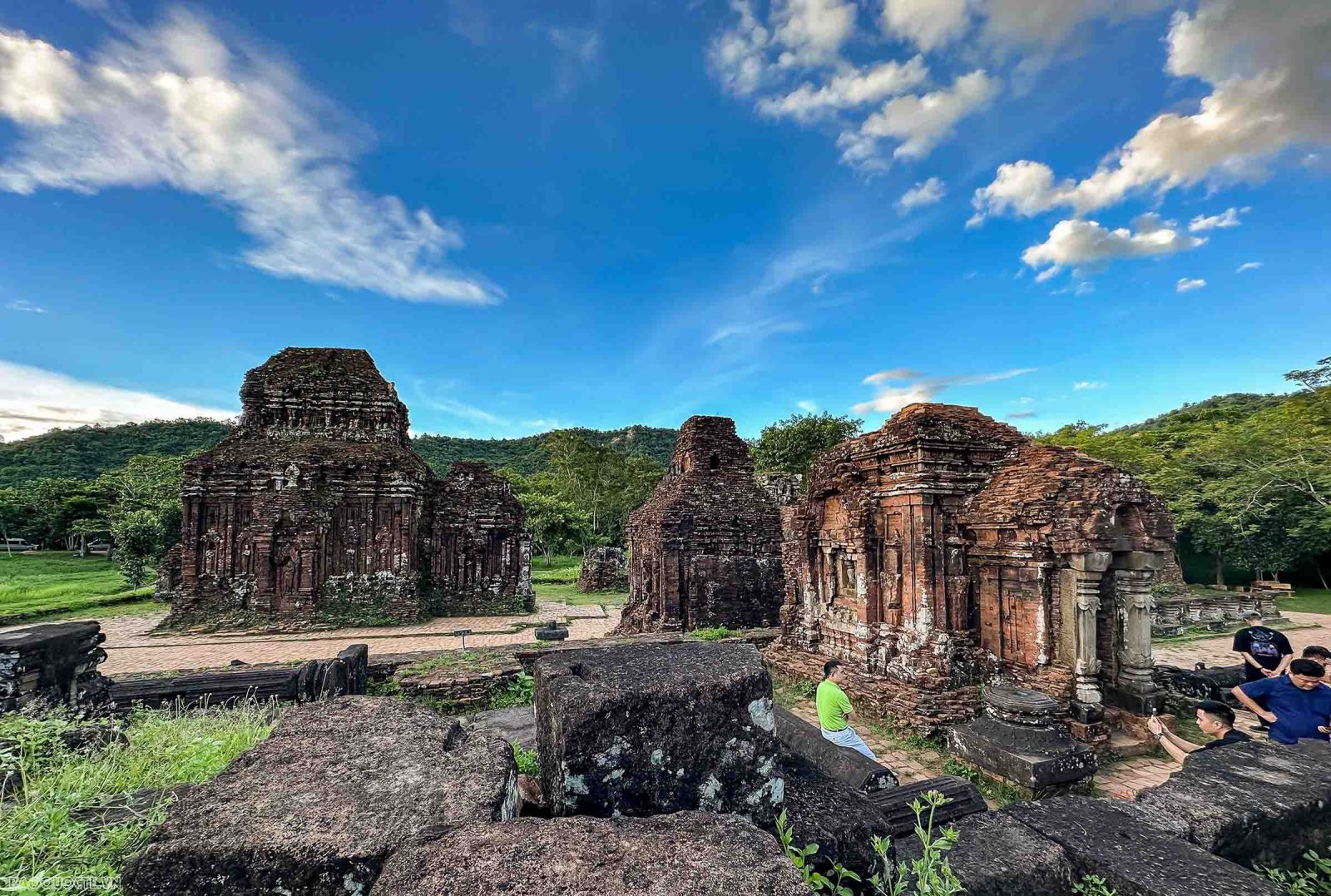
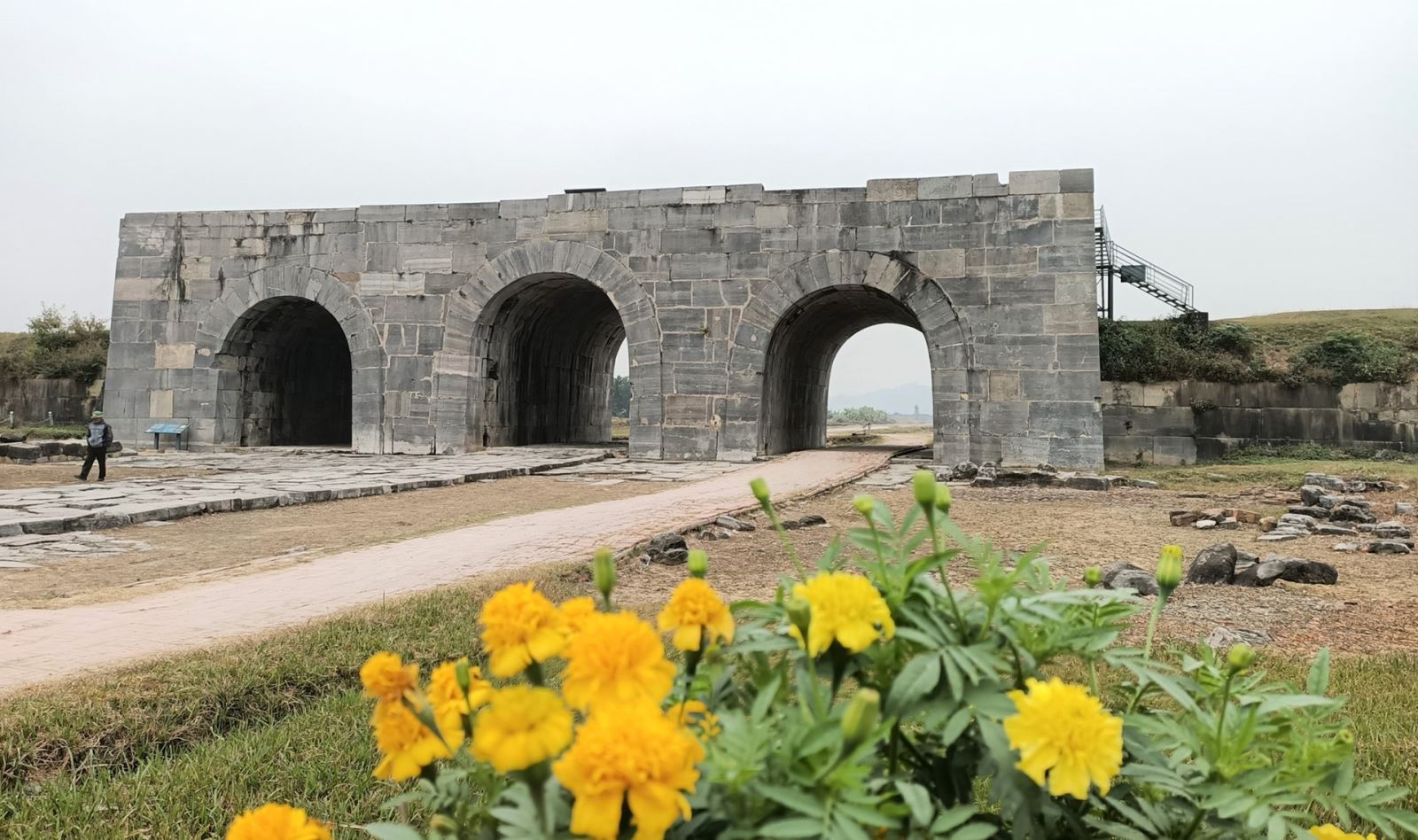

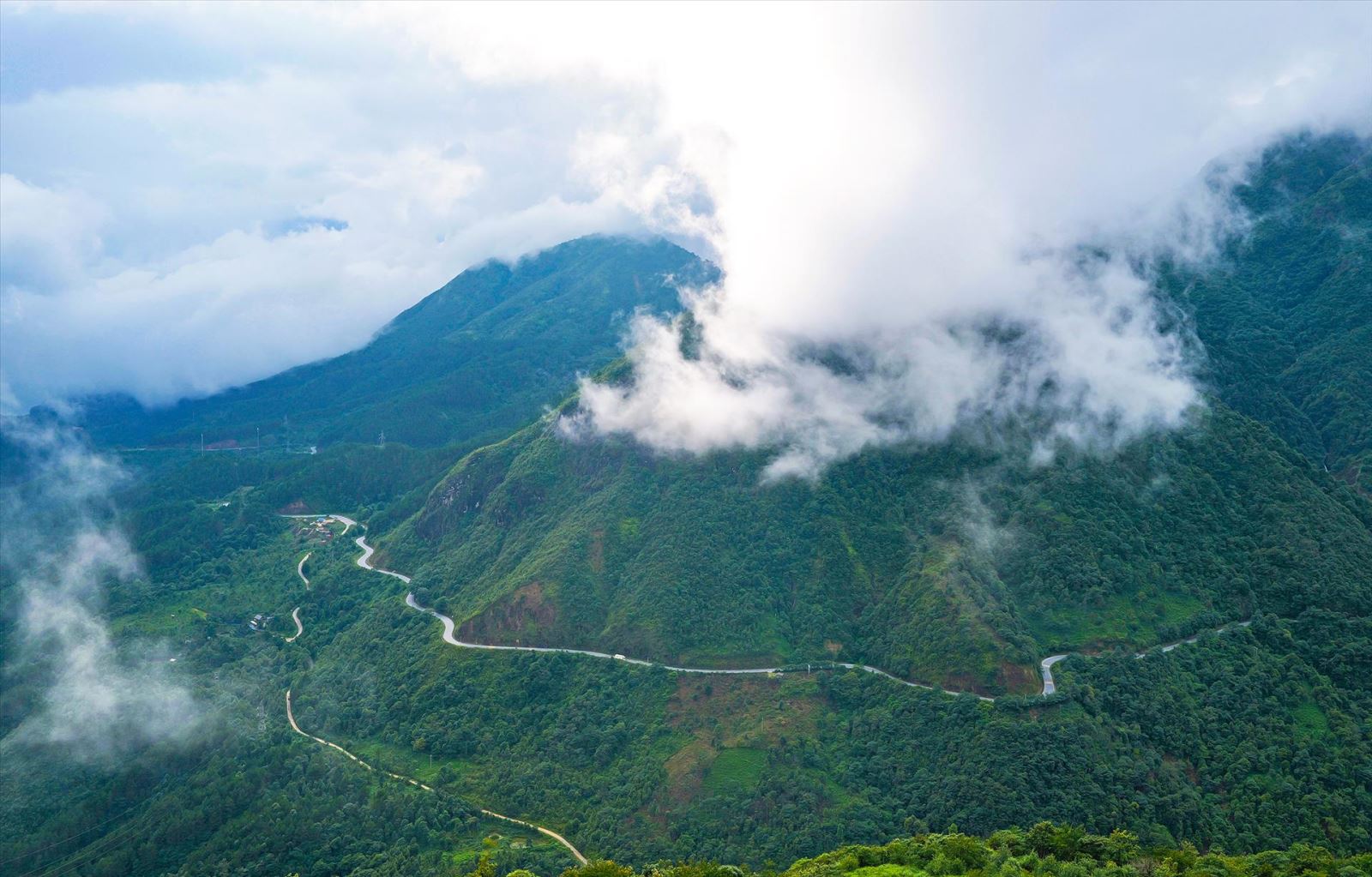


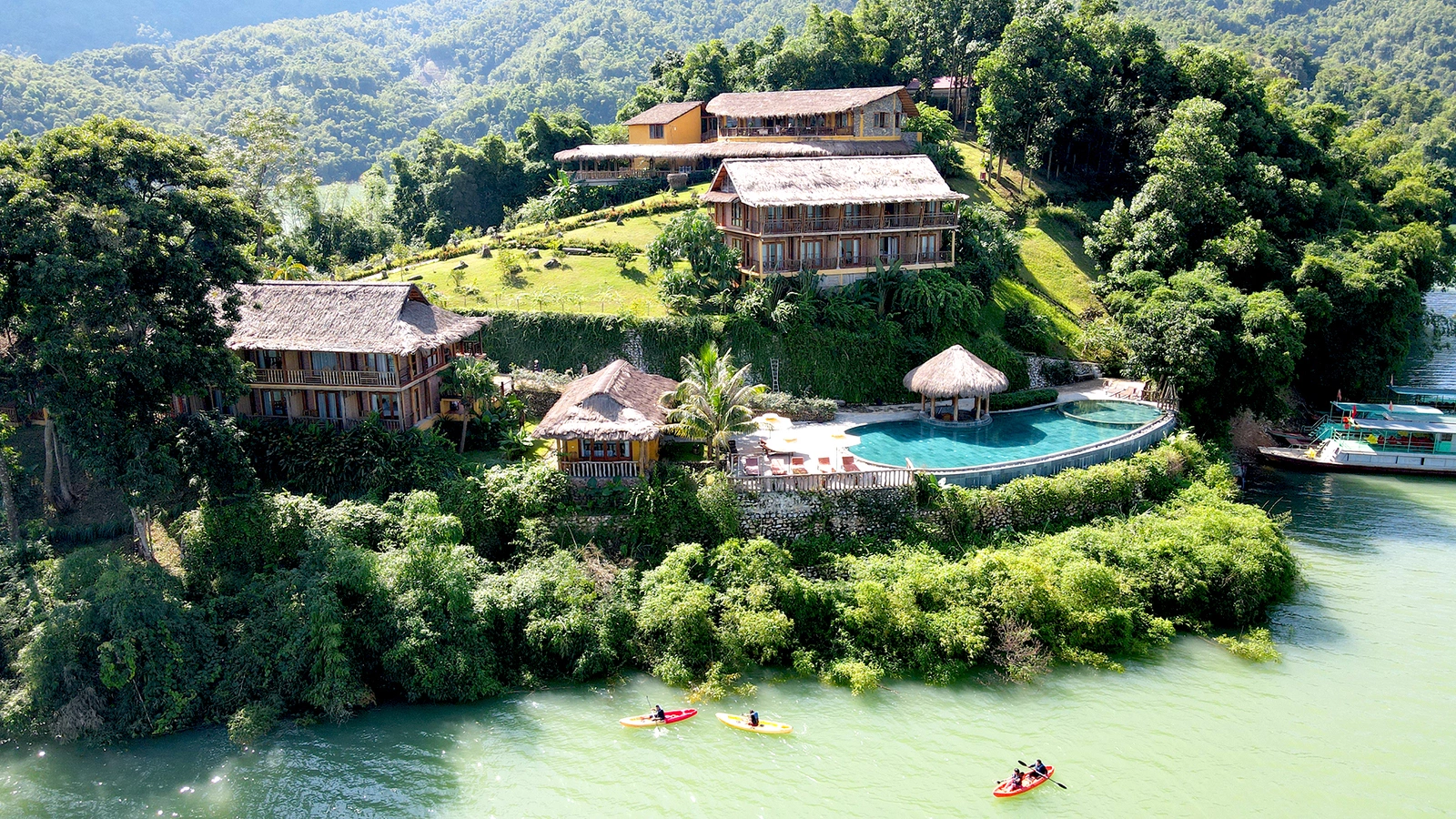
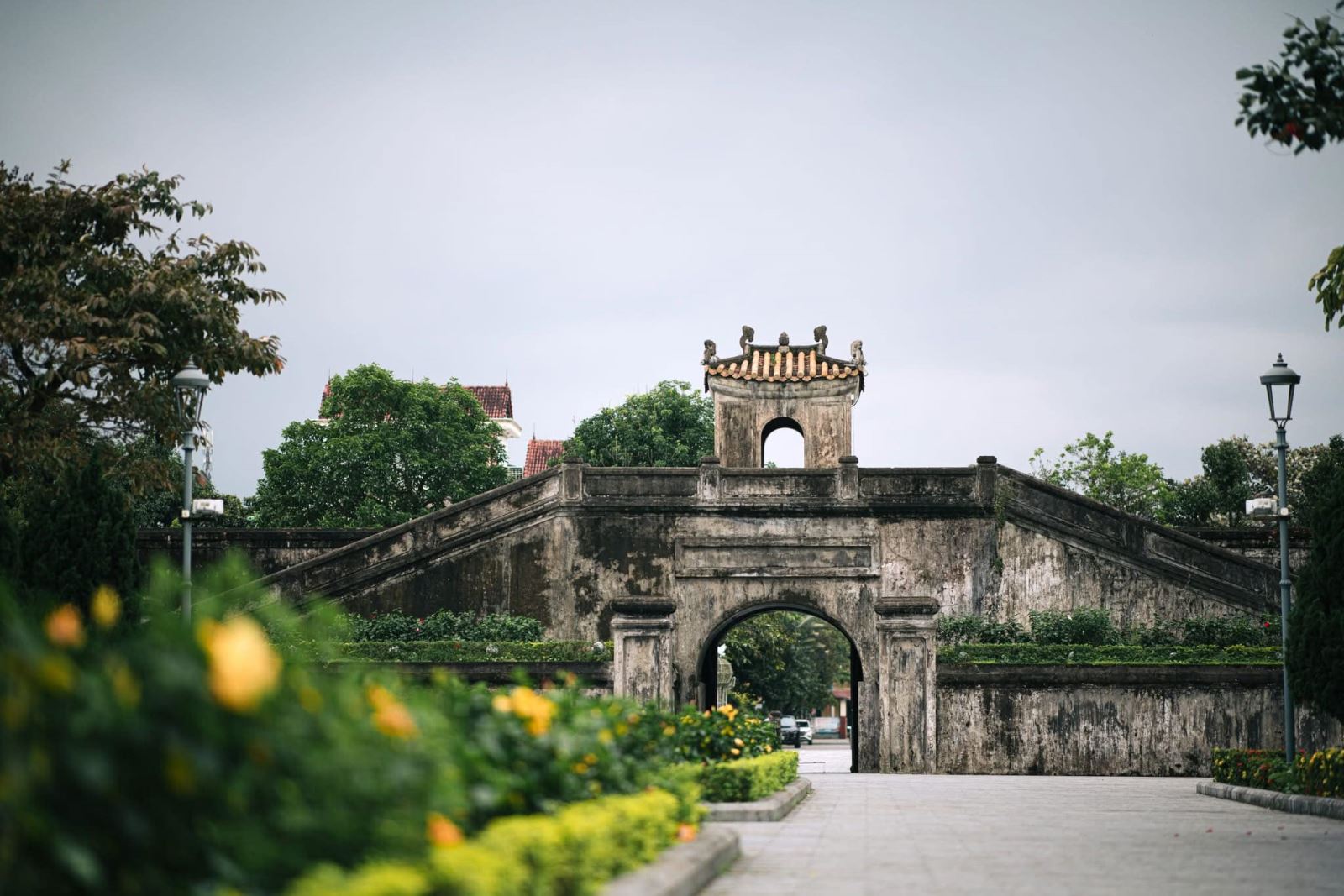

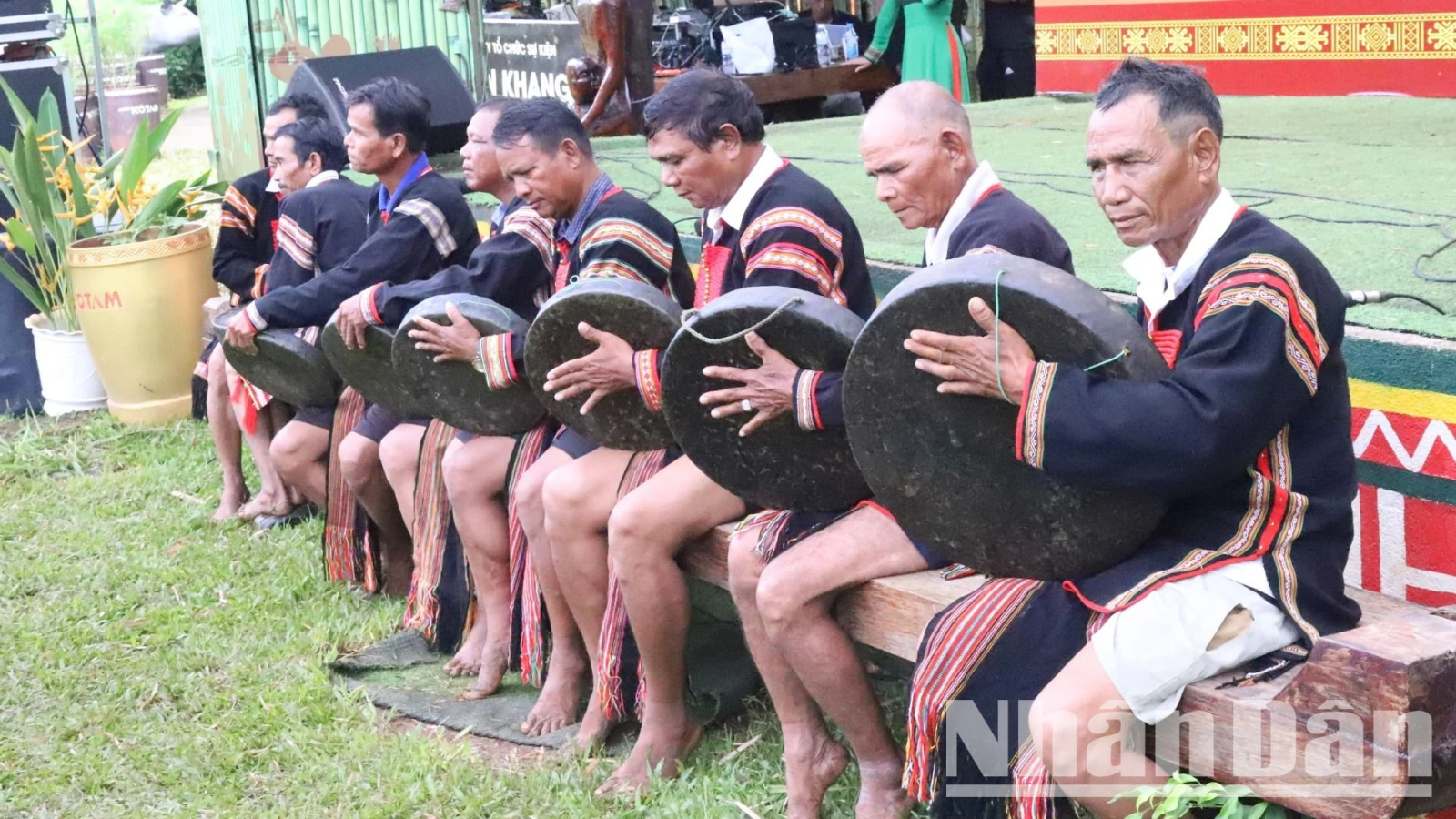


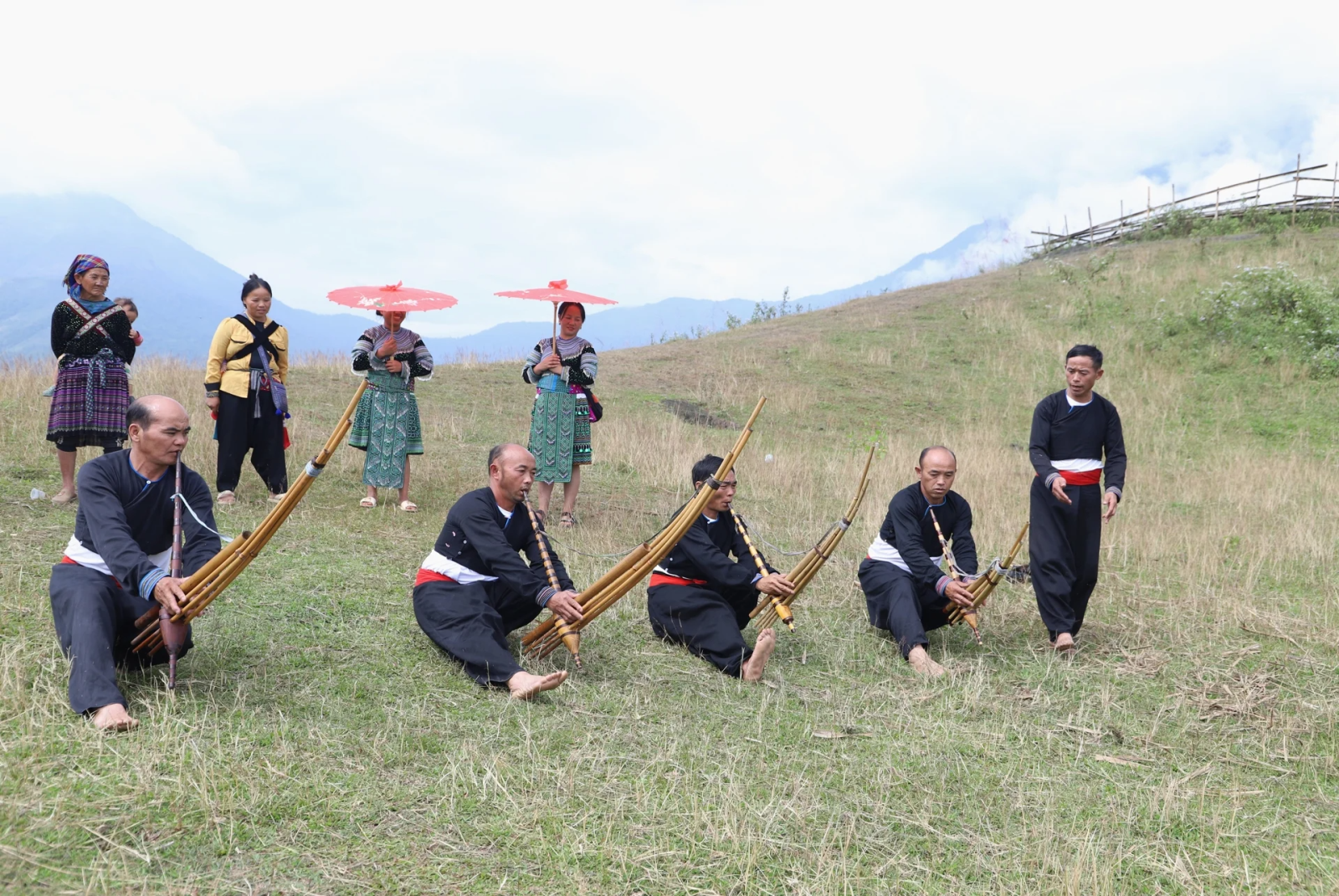
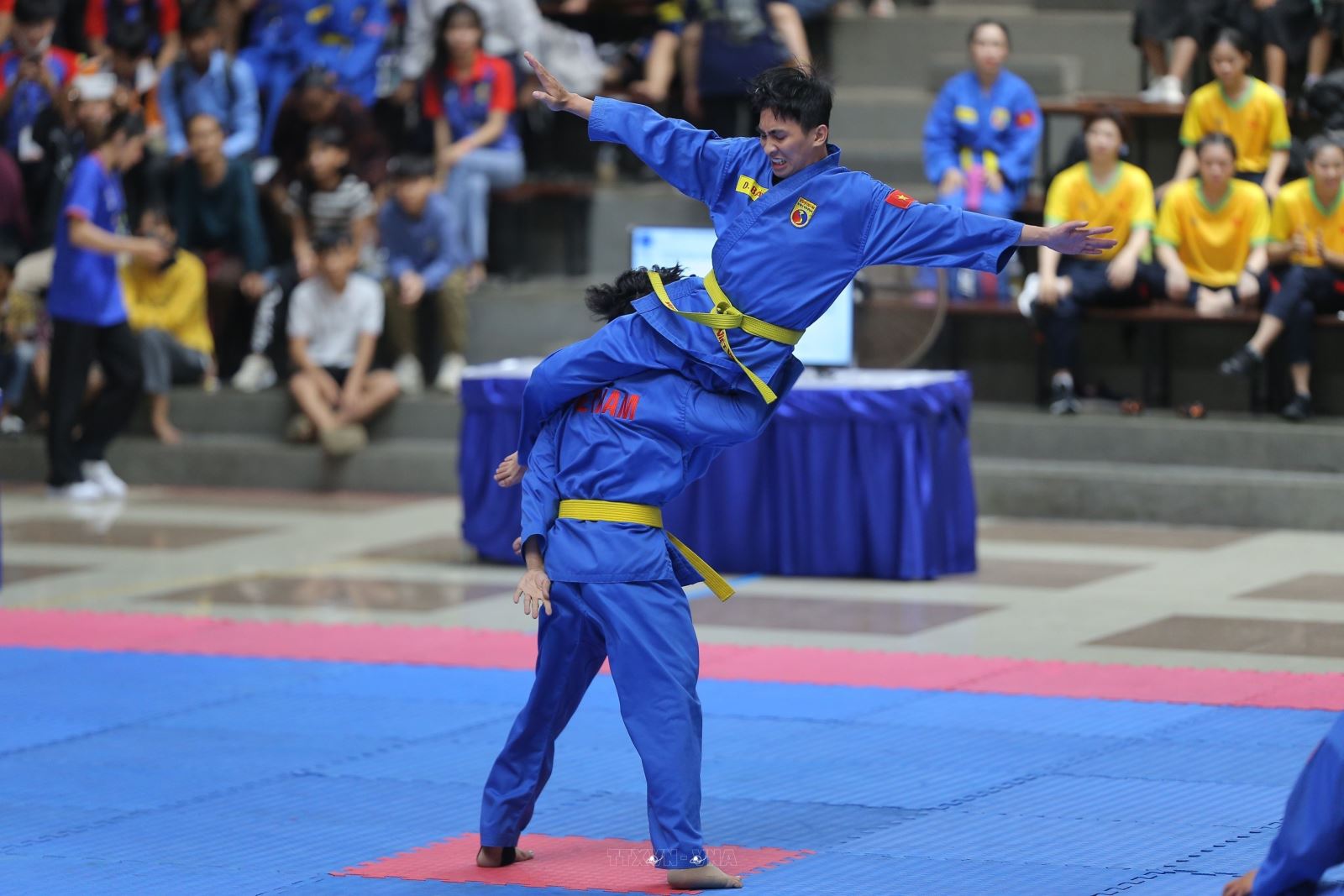
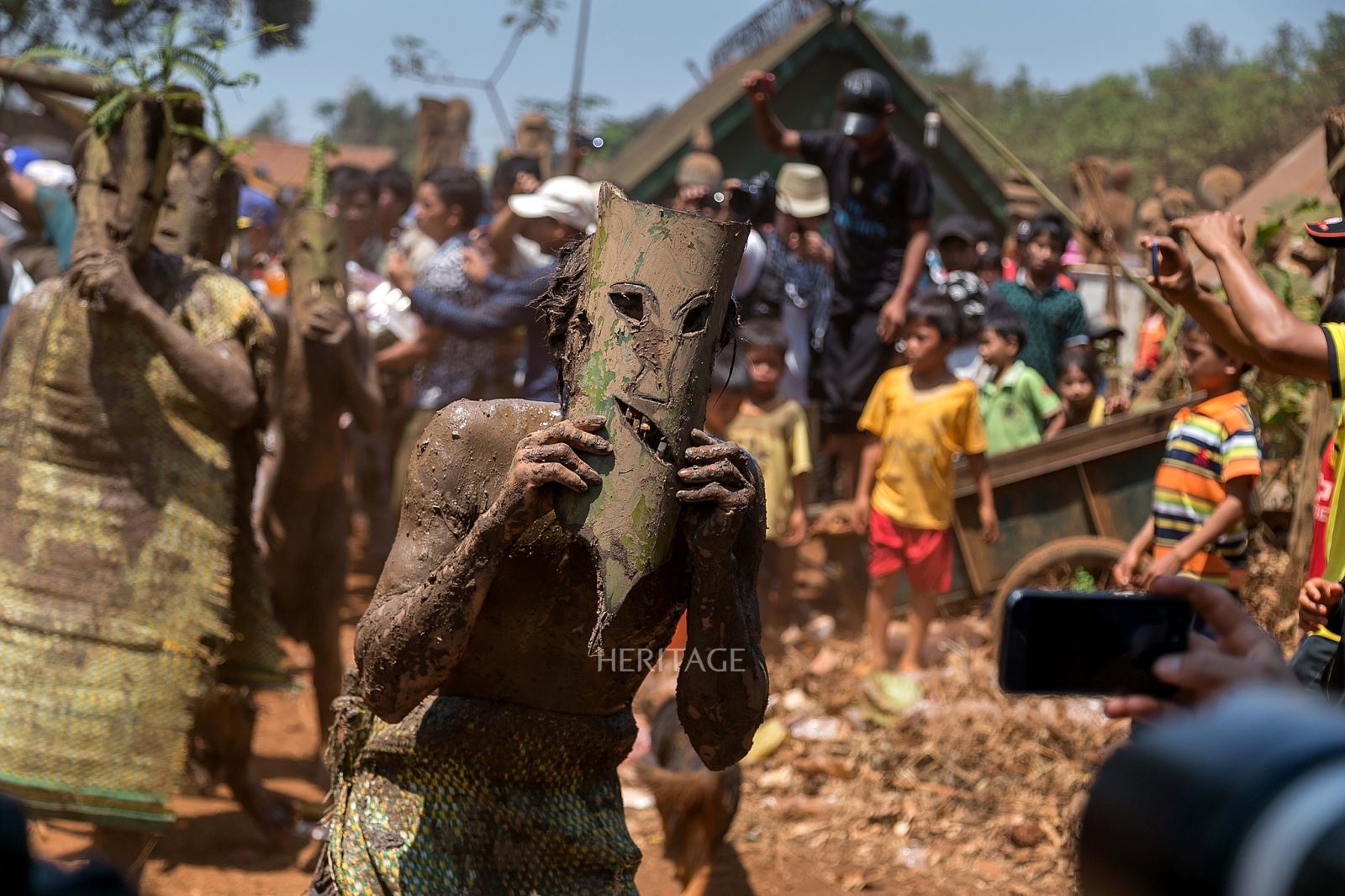

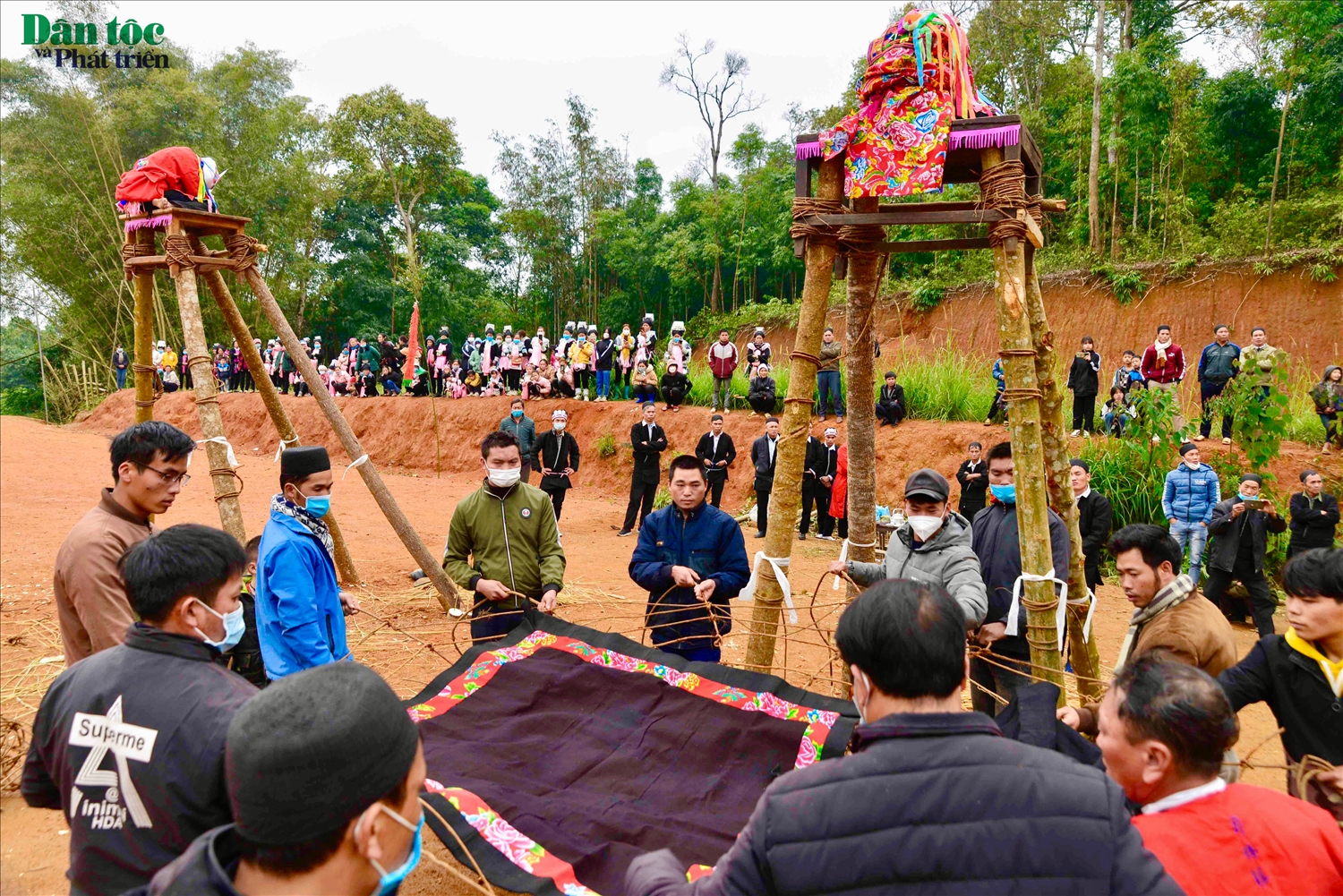
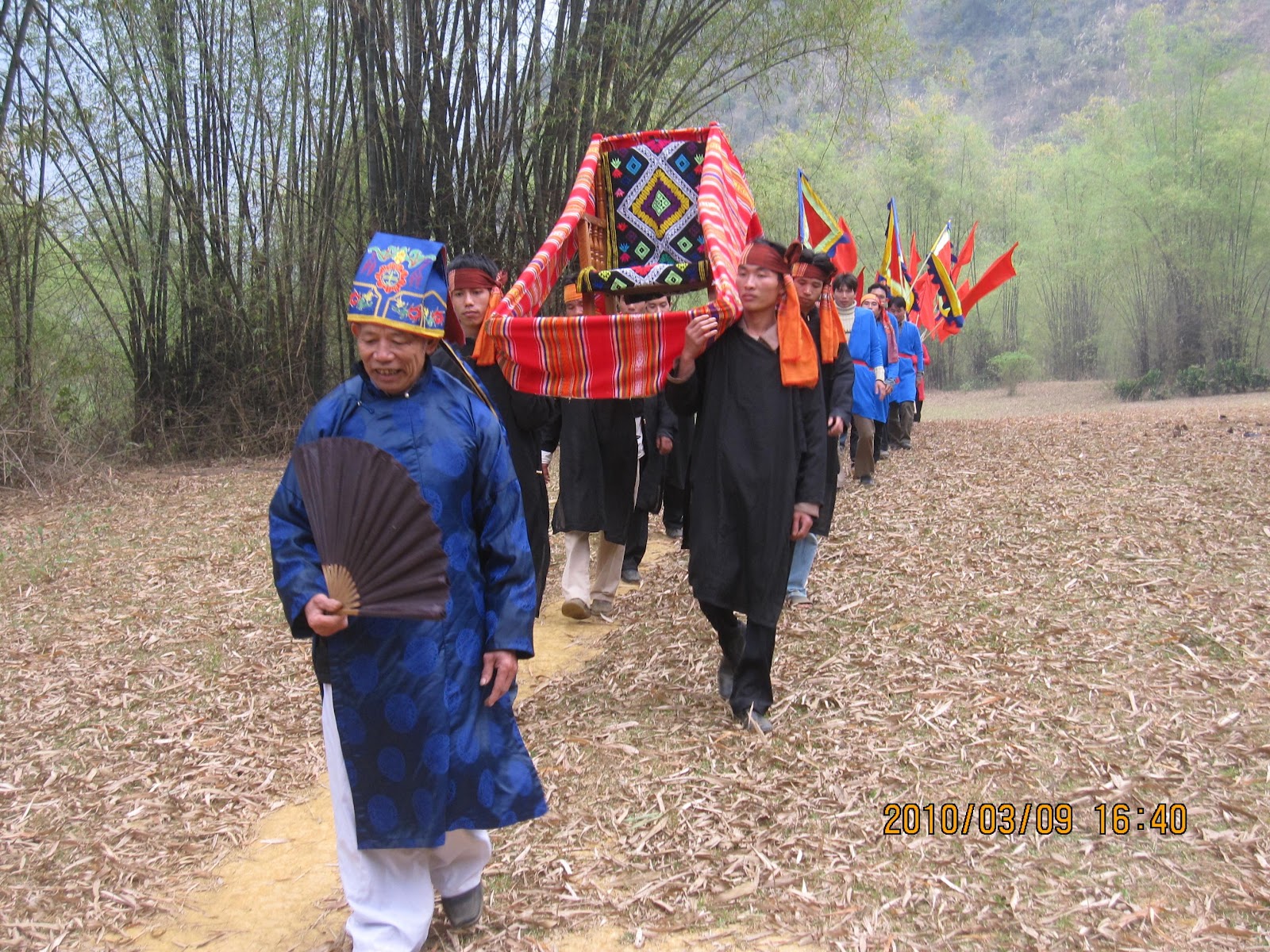

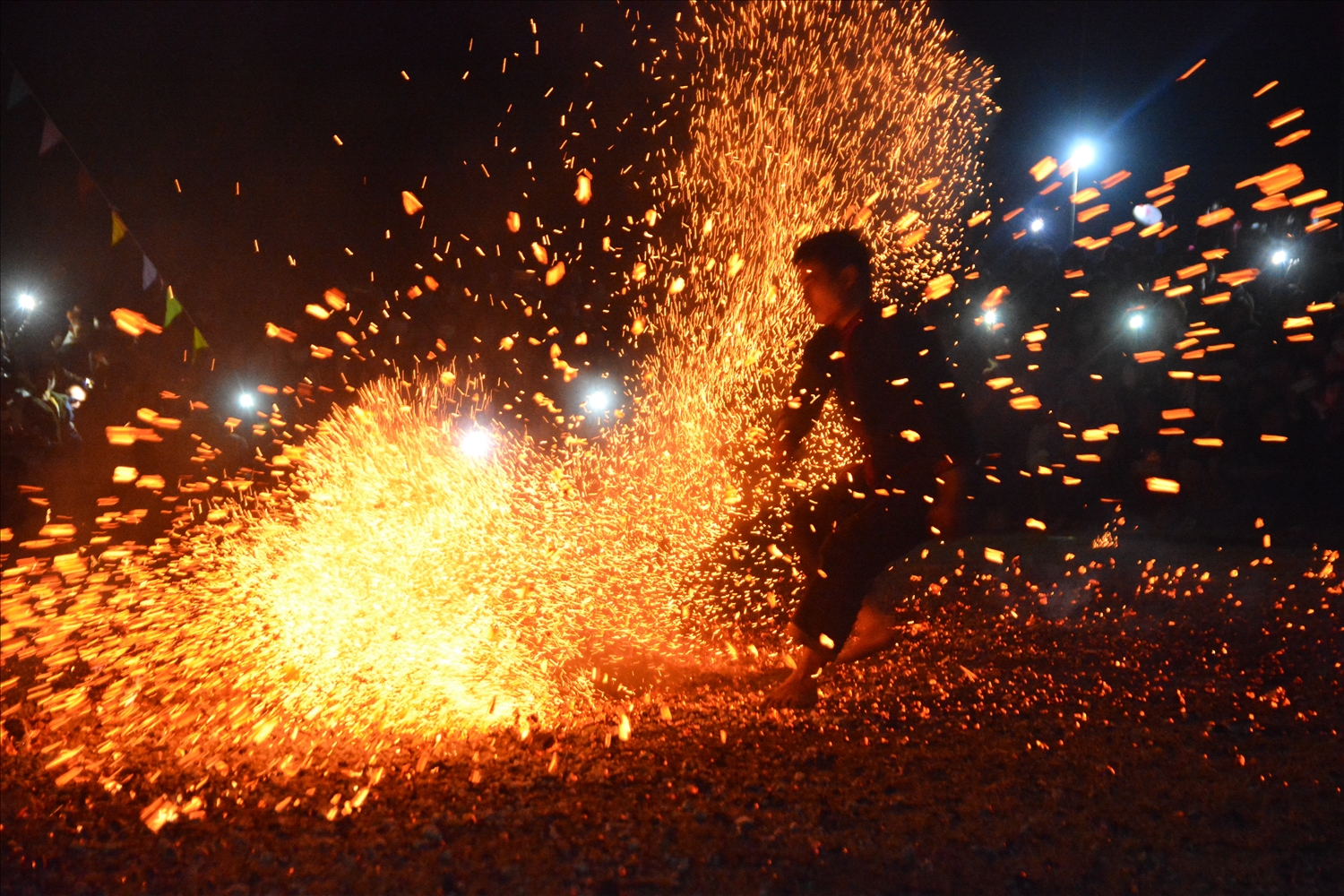
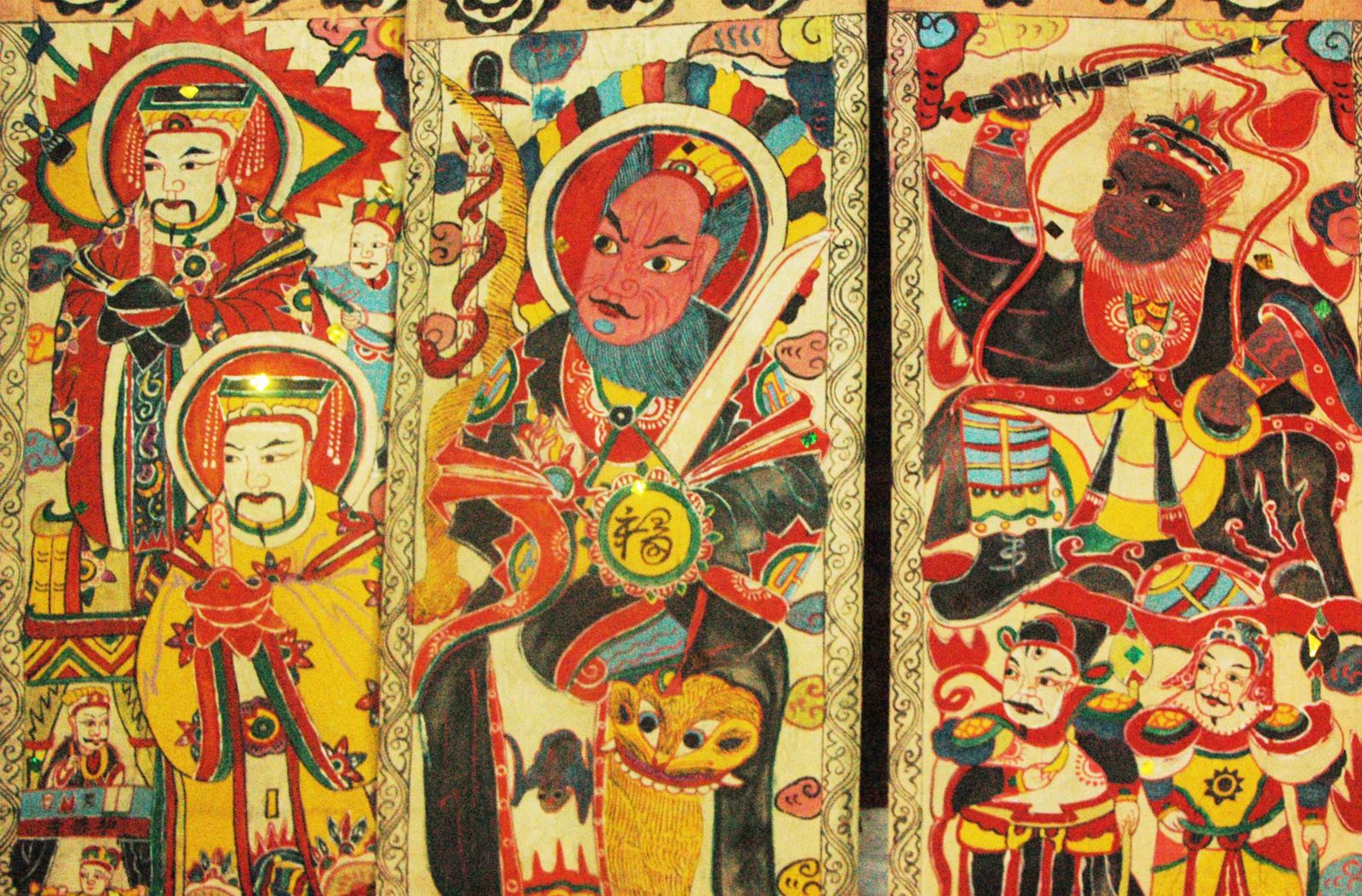

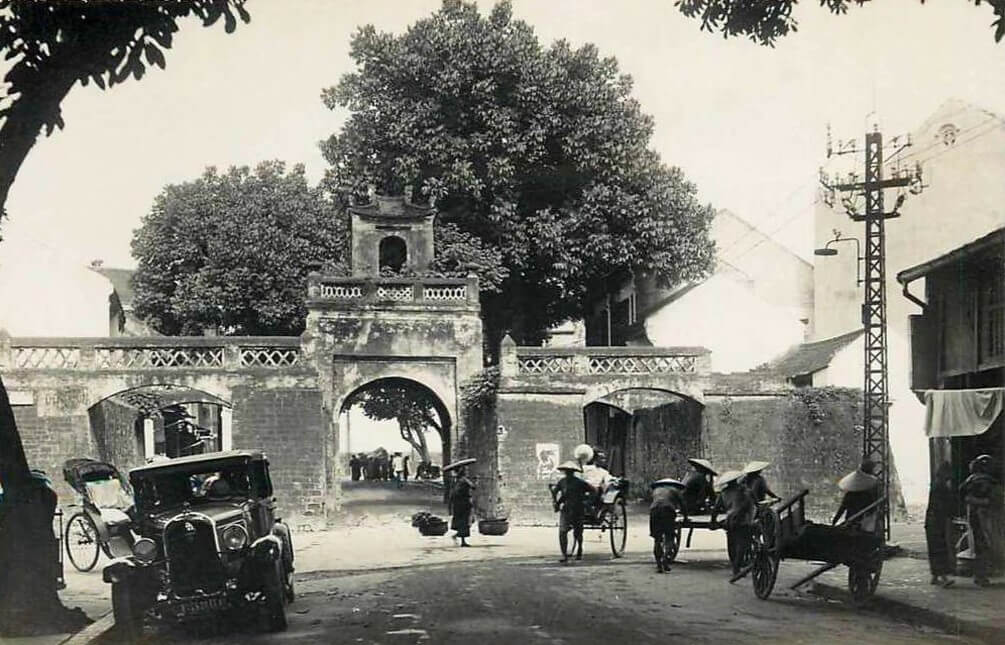
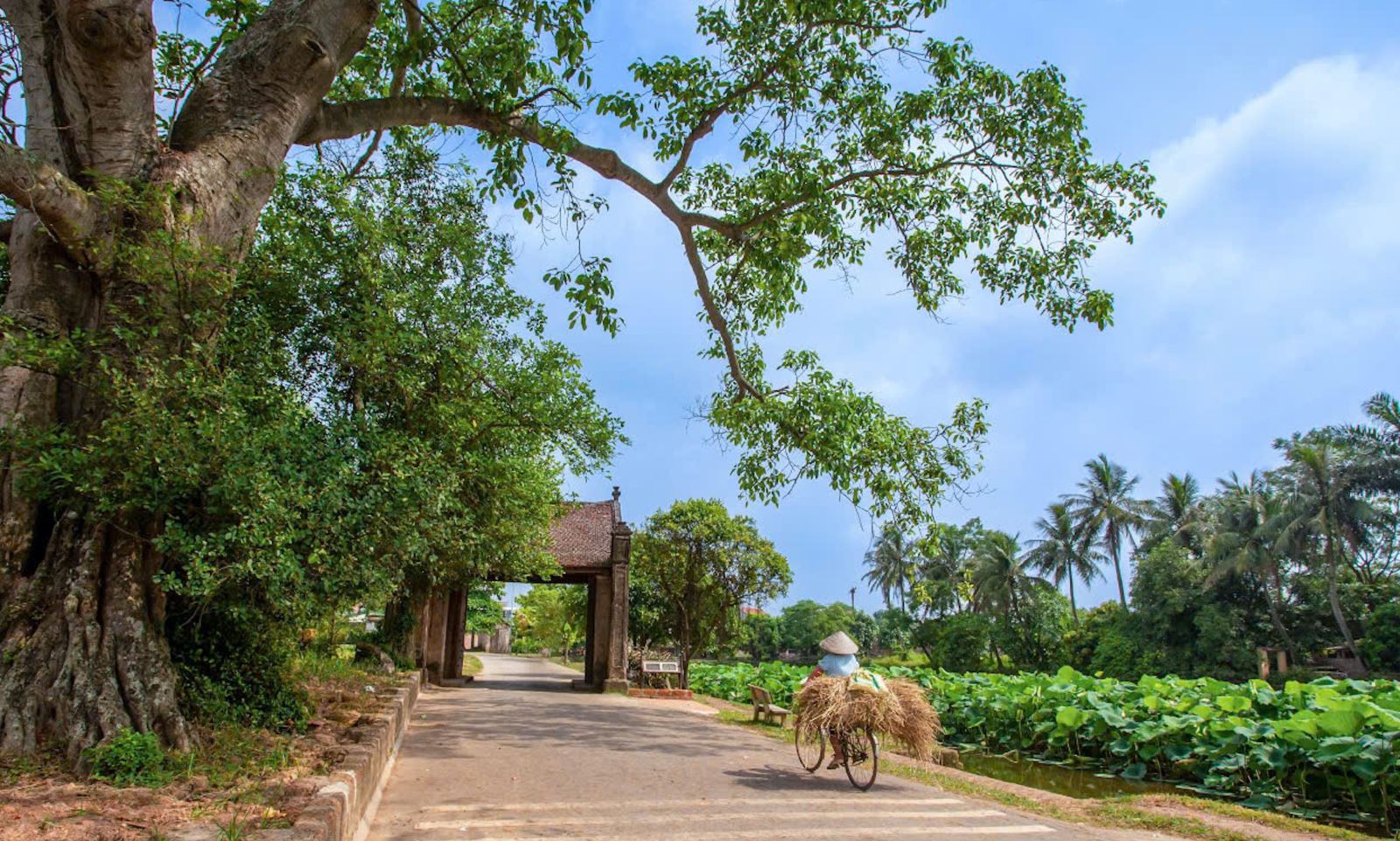
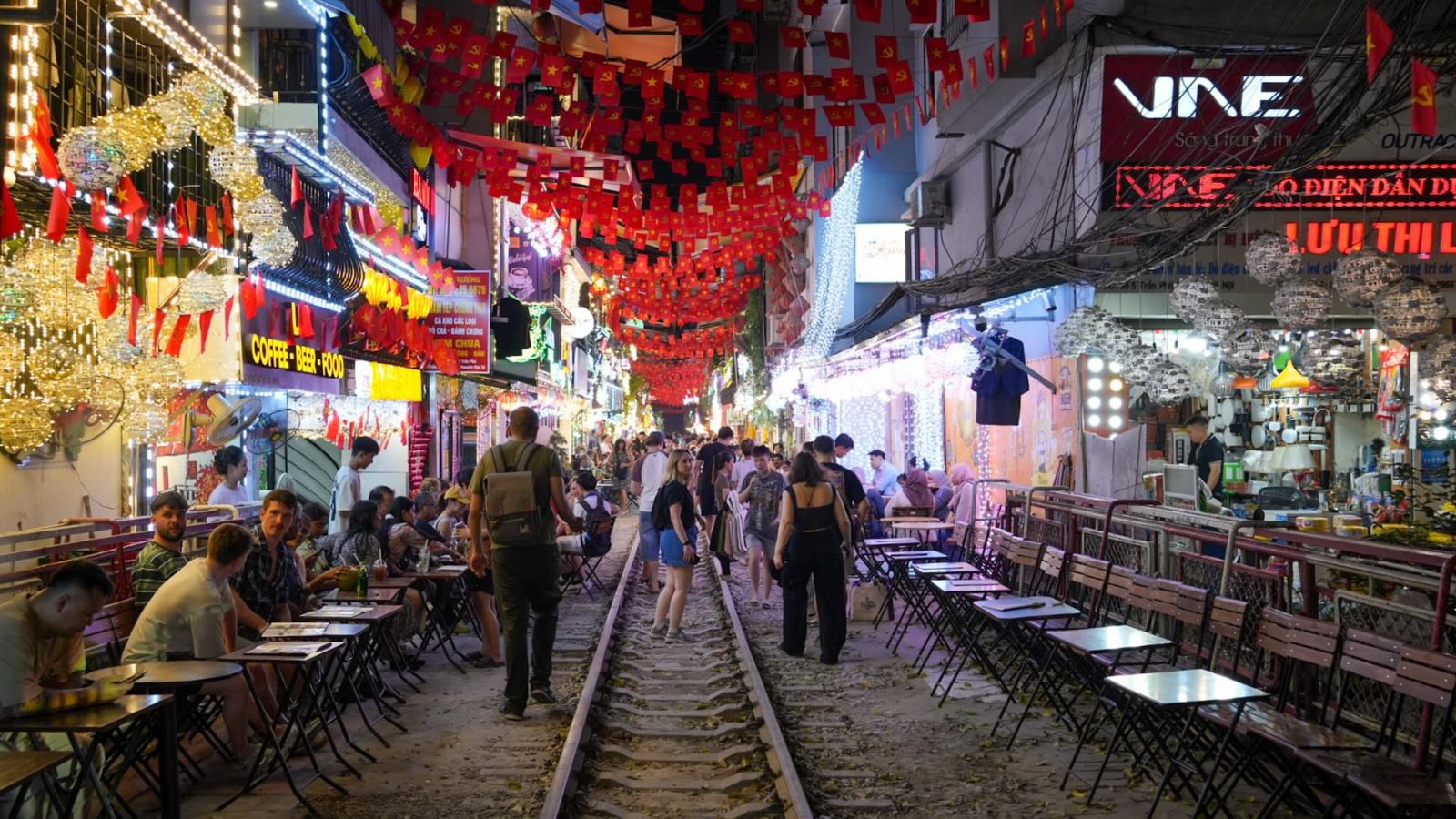
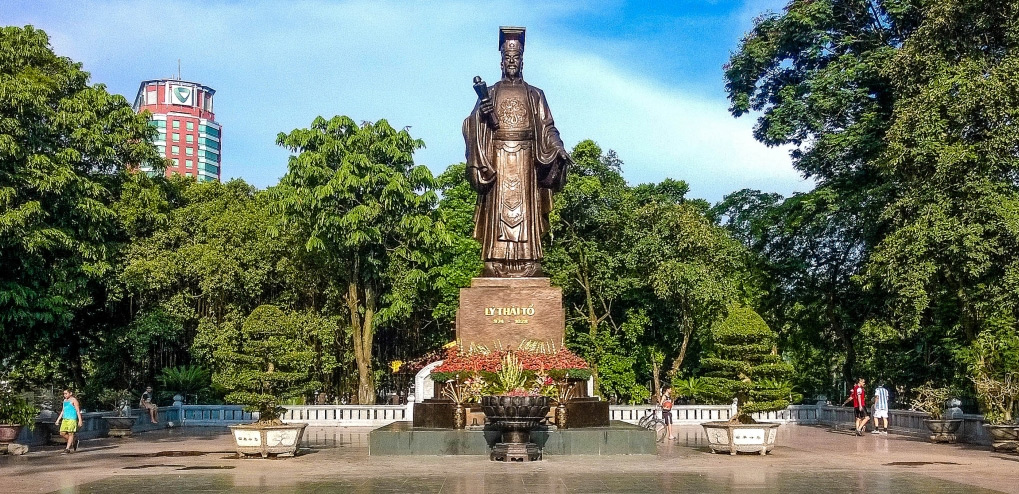


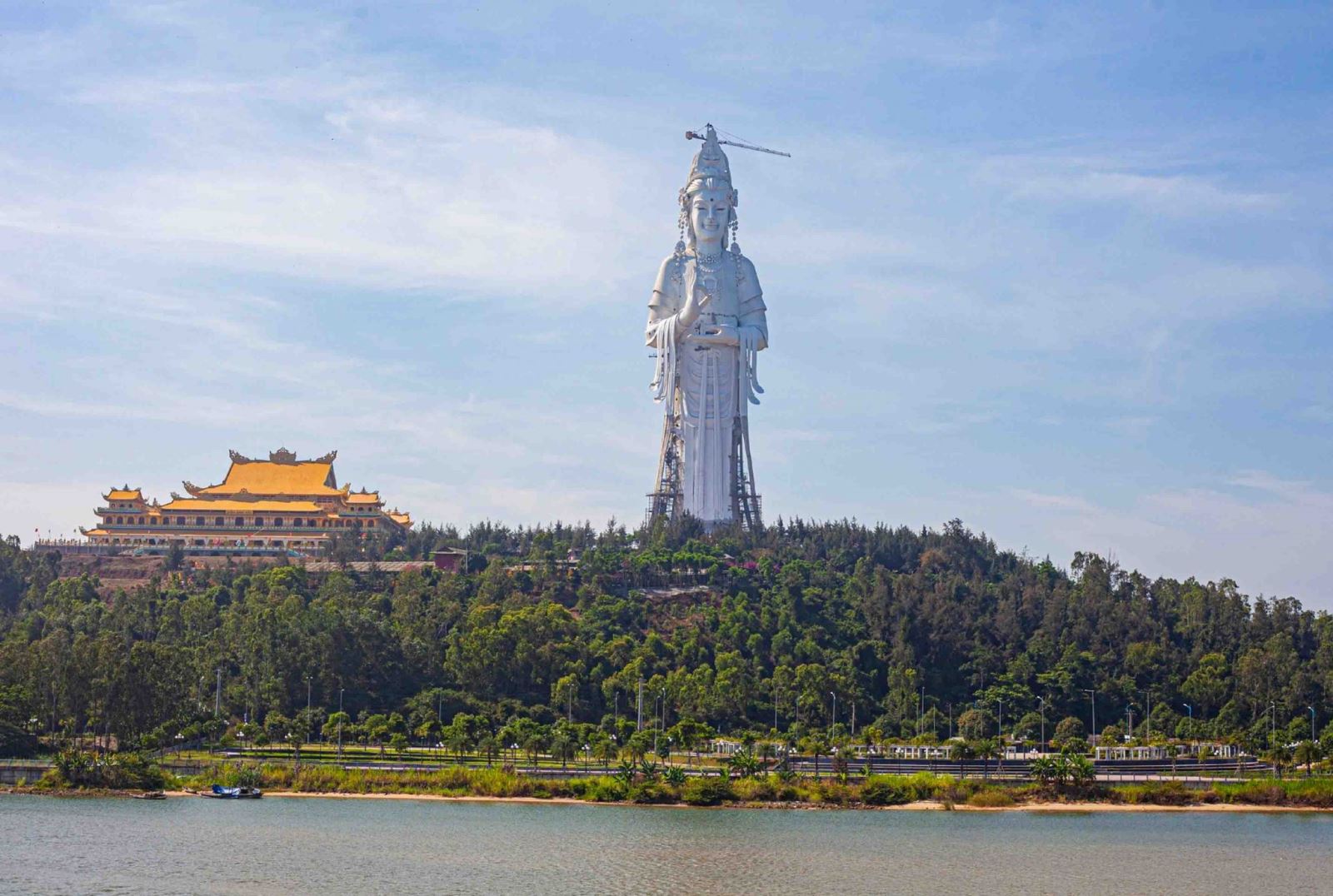
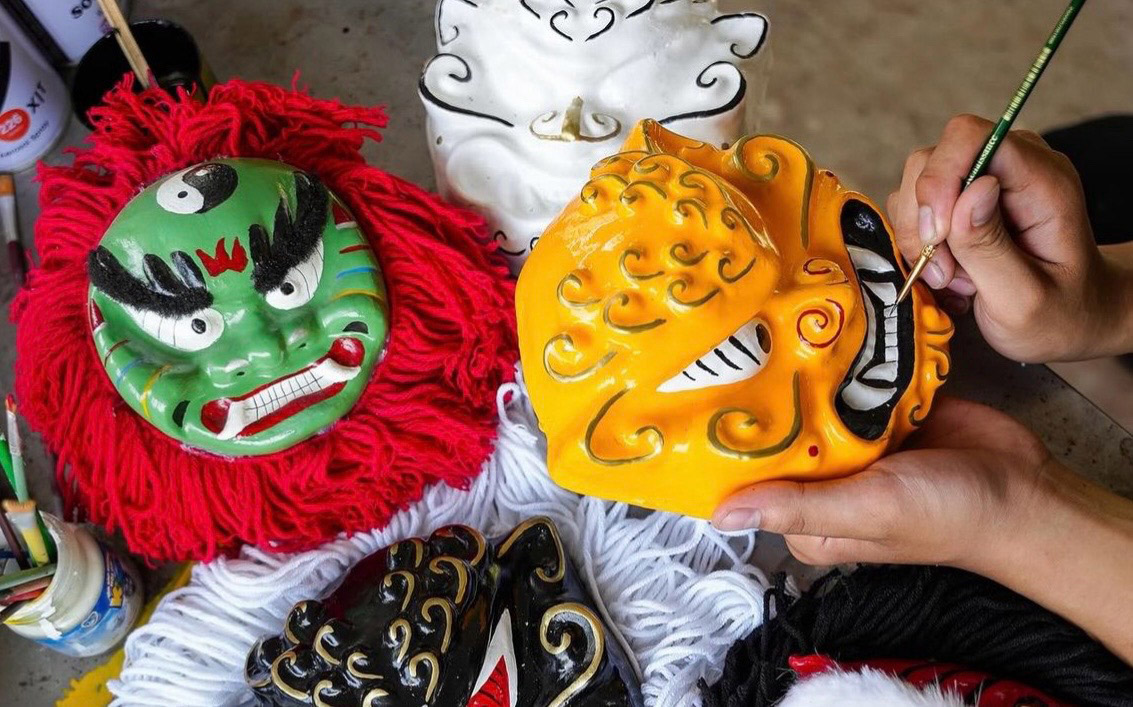
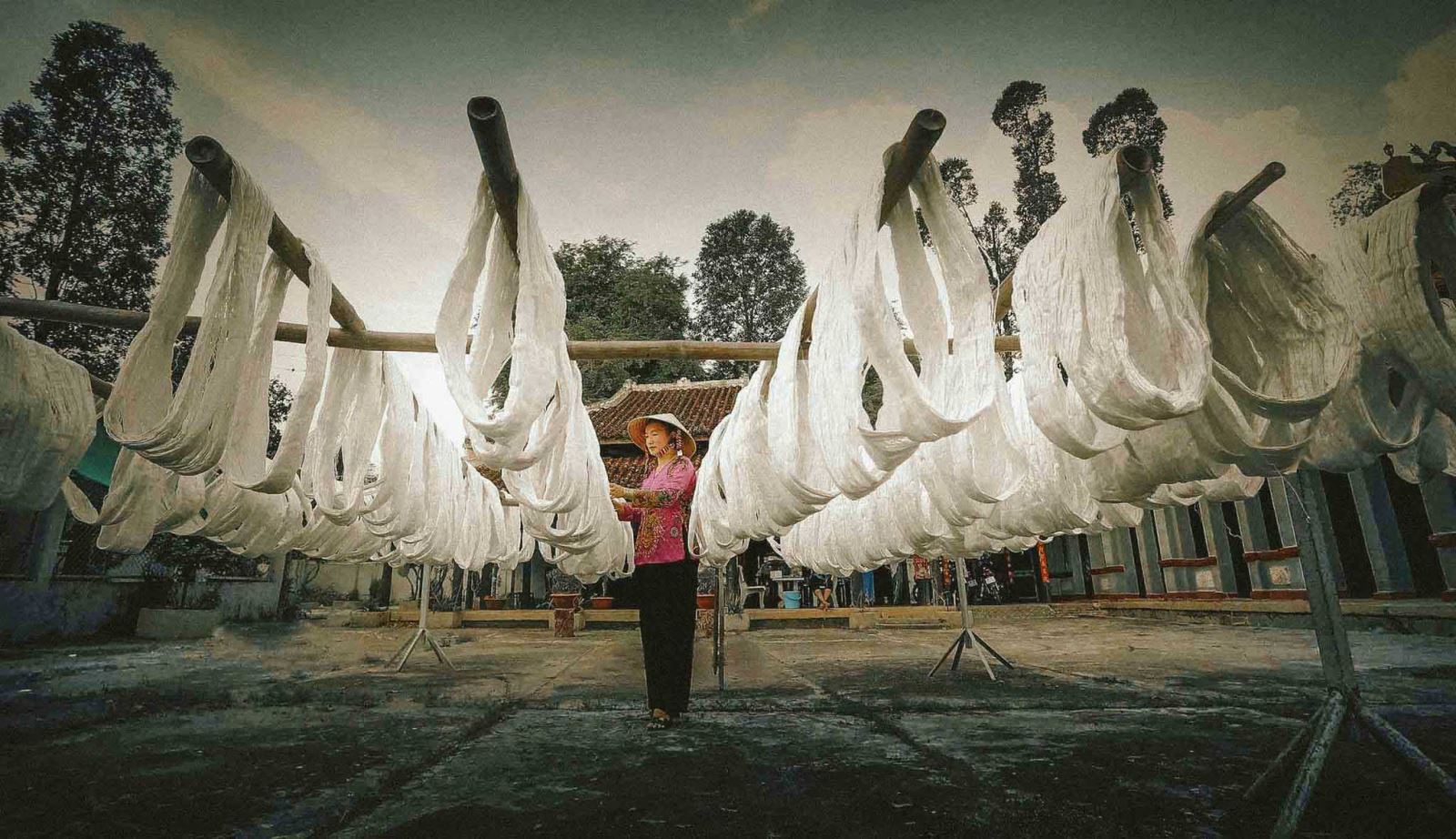

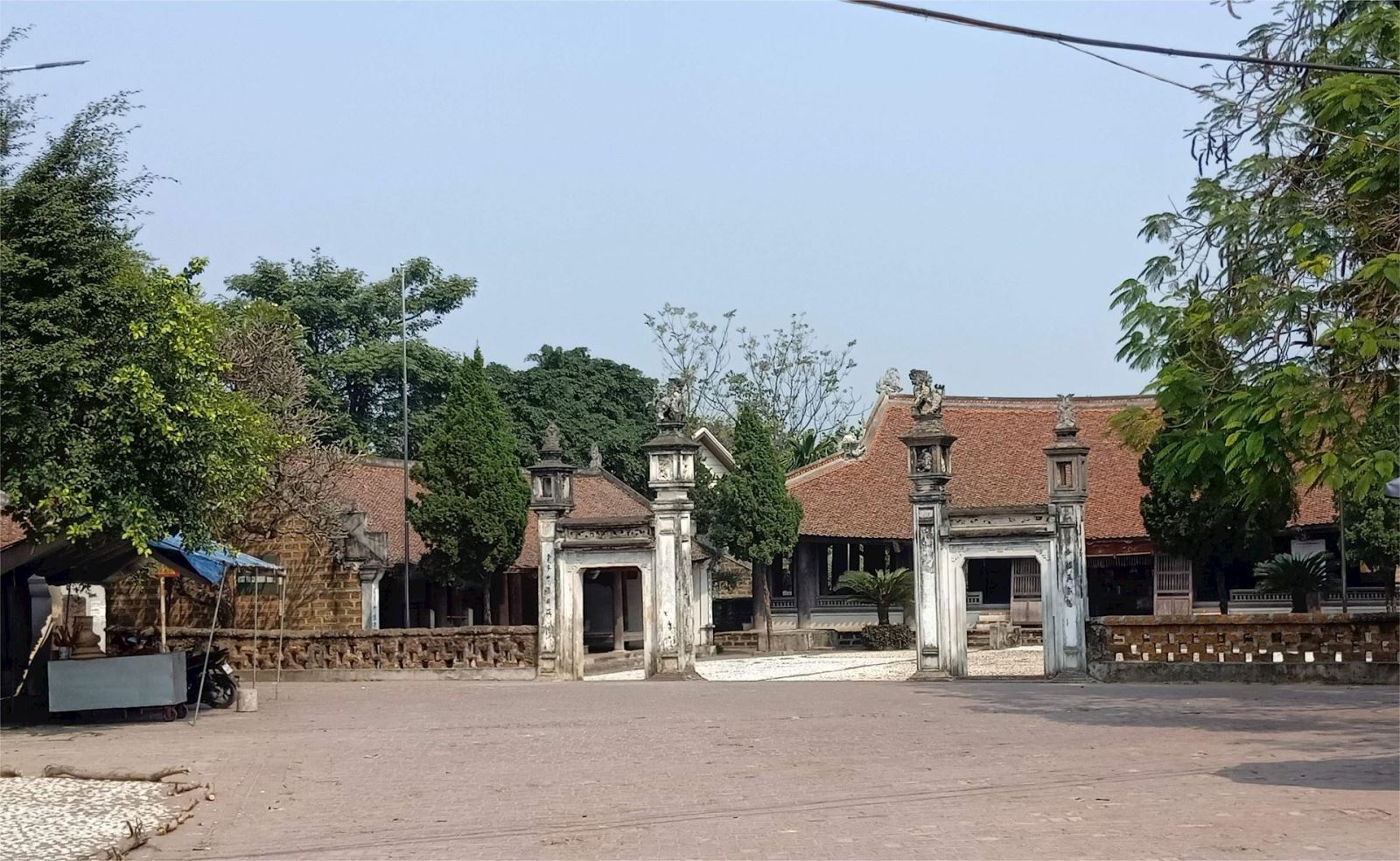
.png)